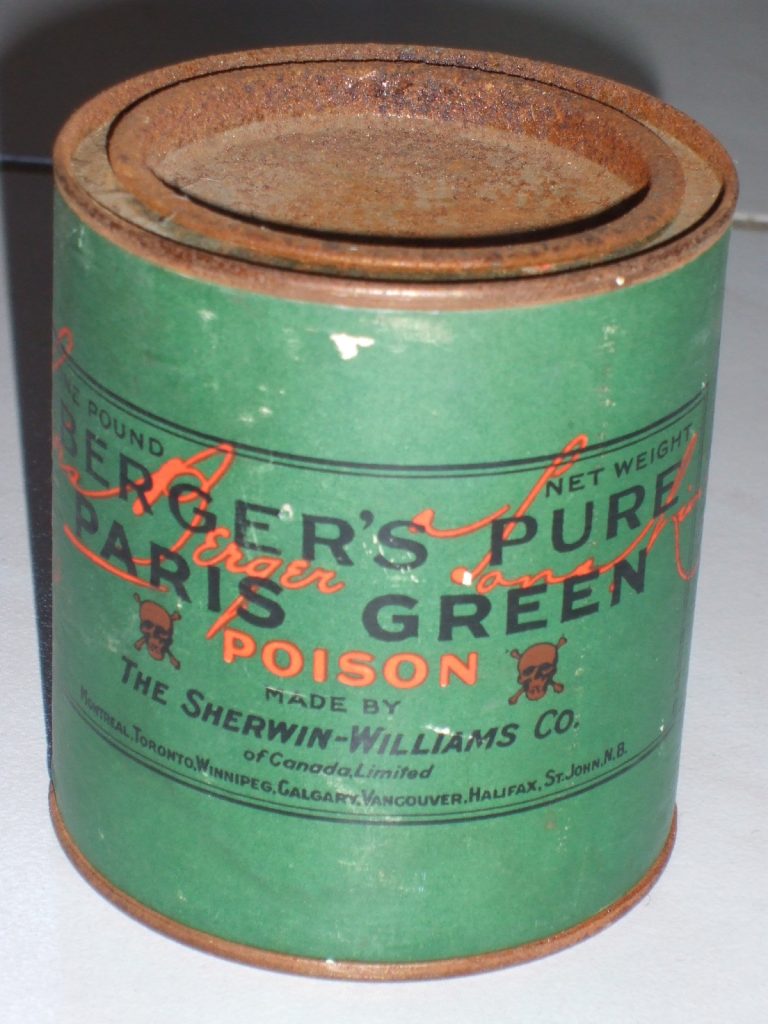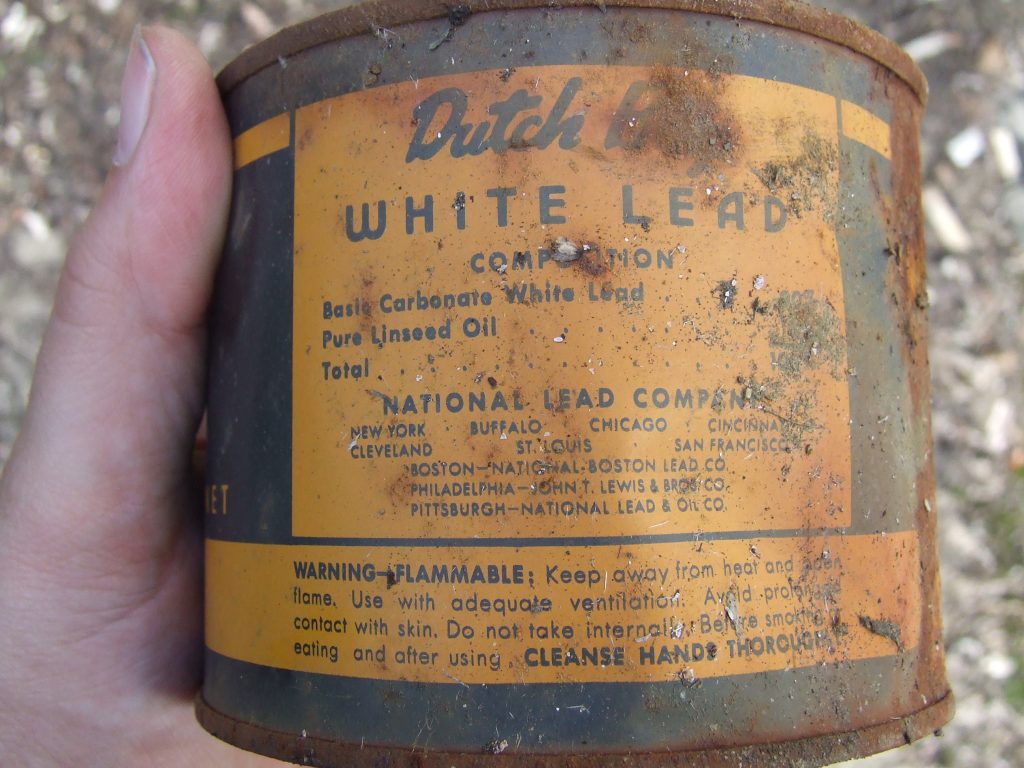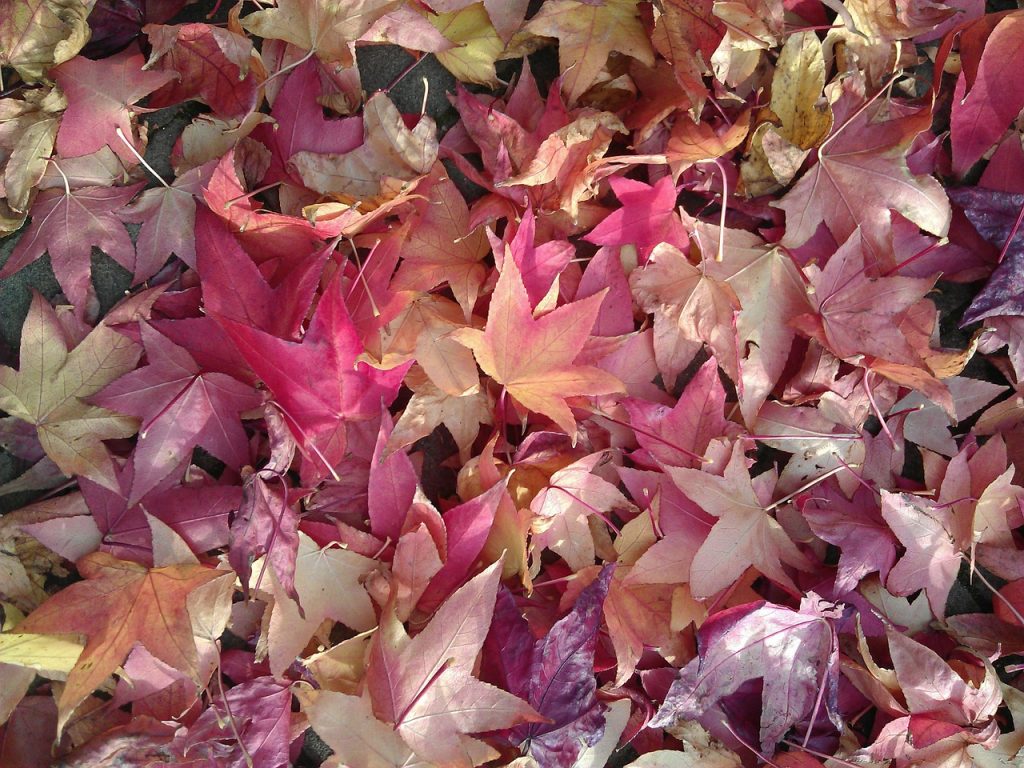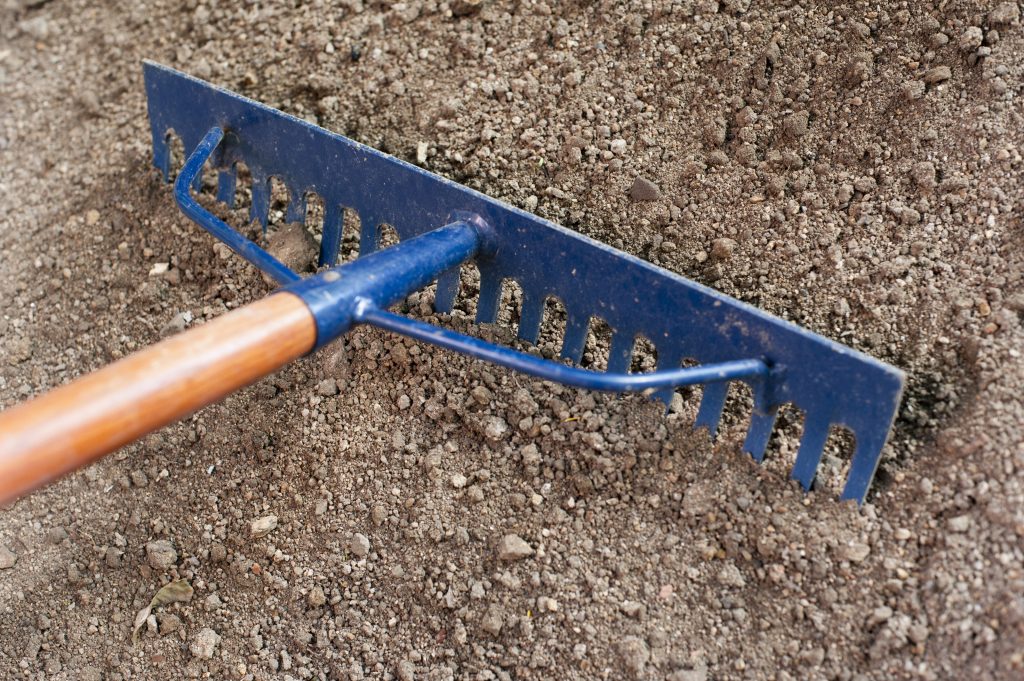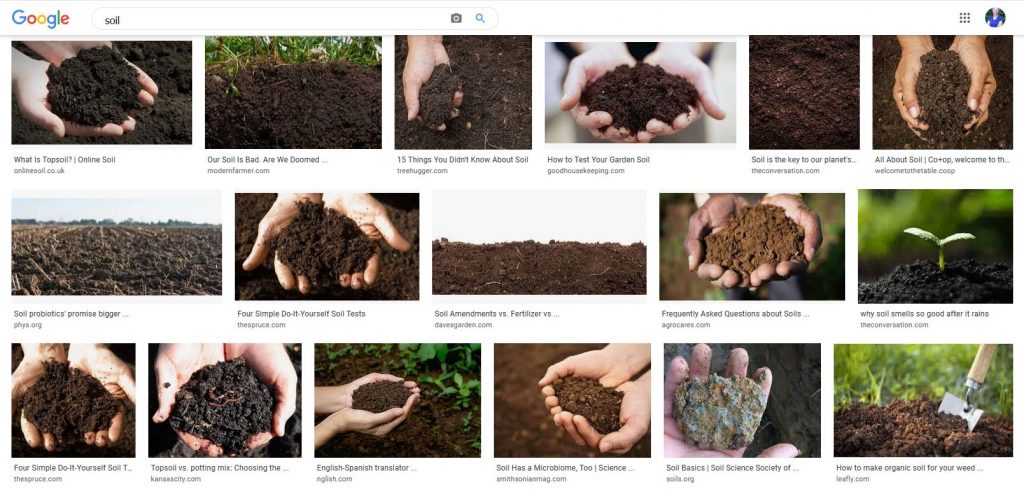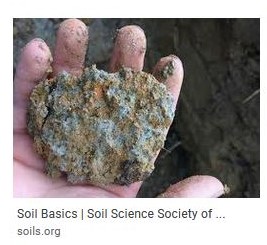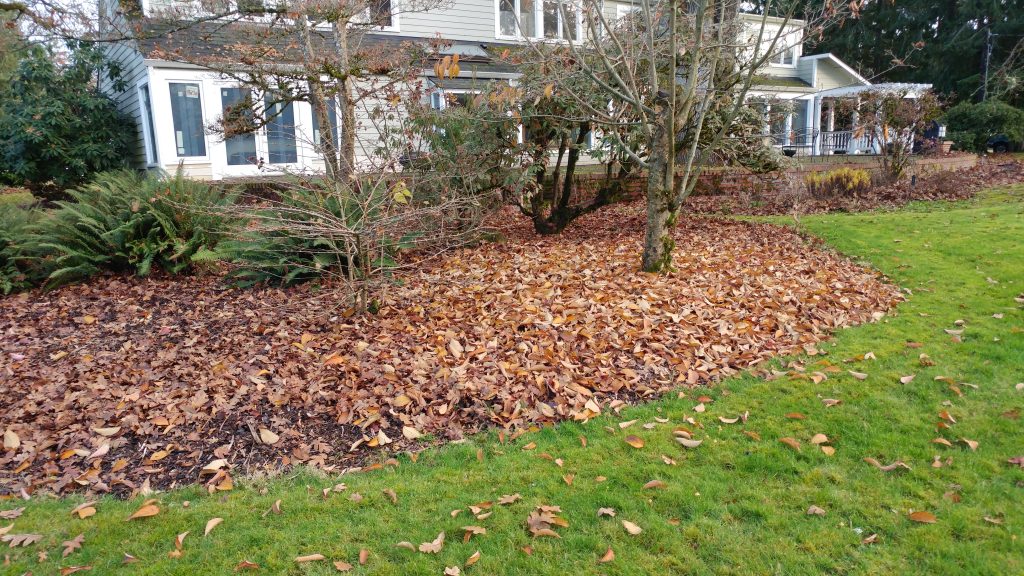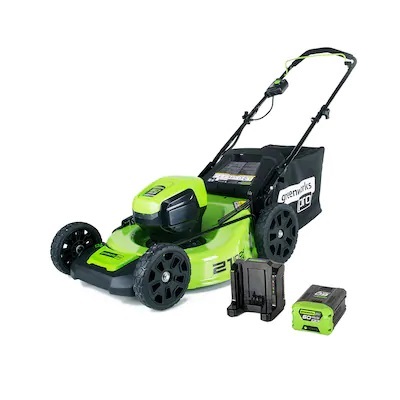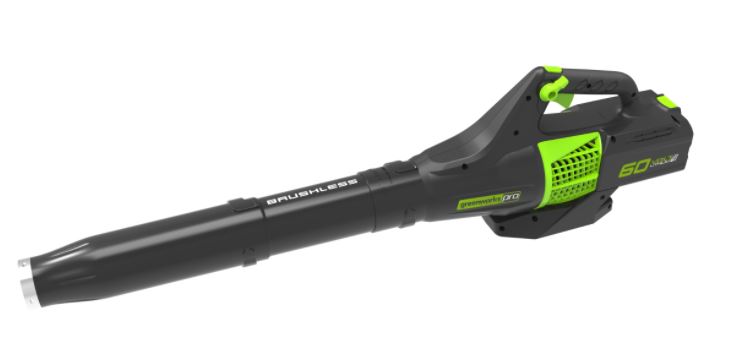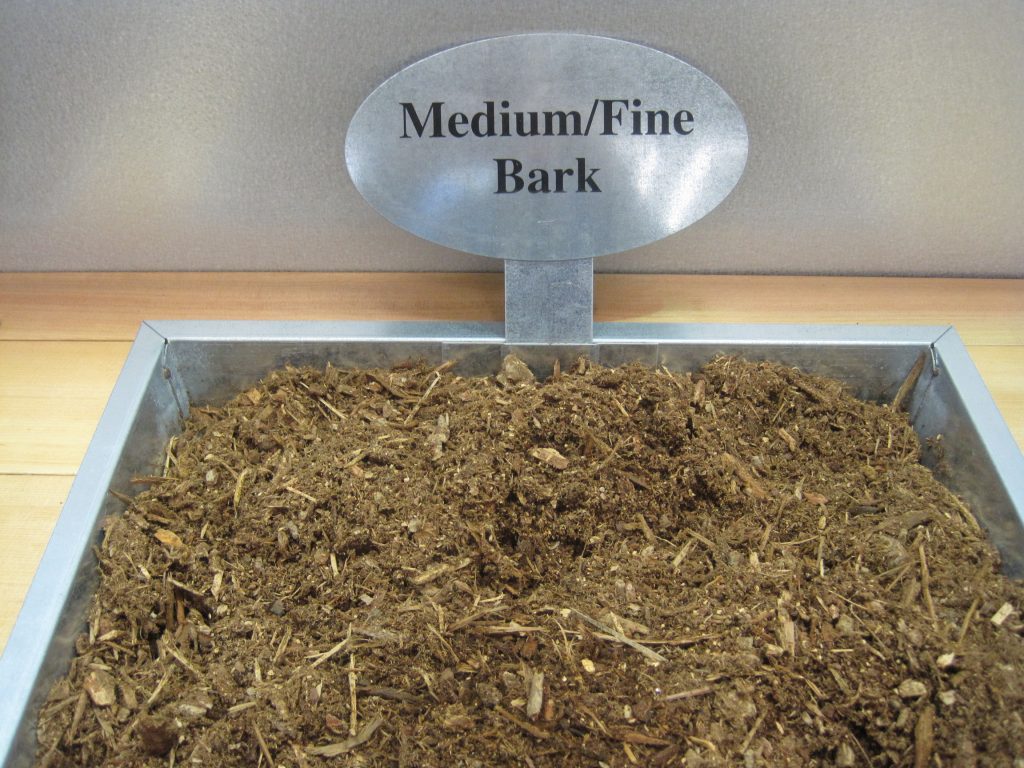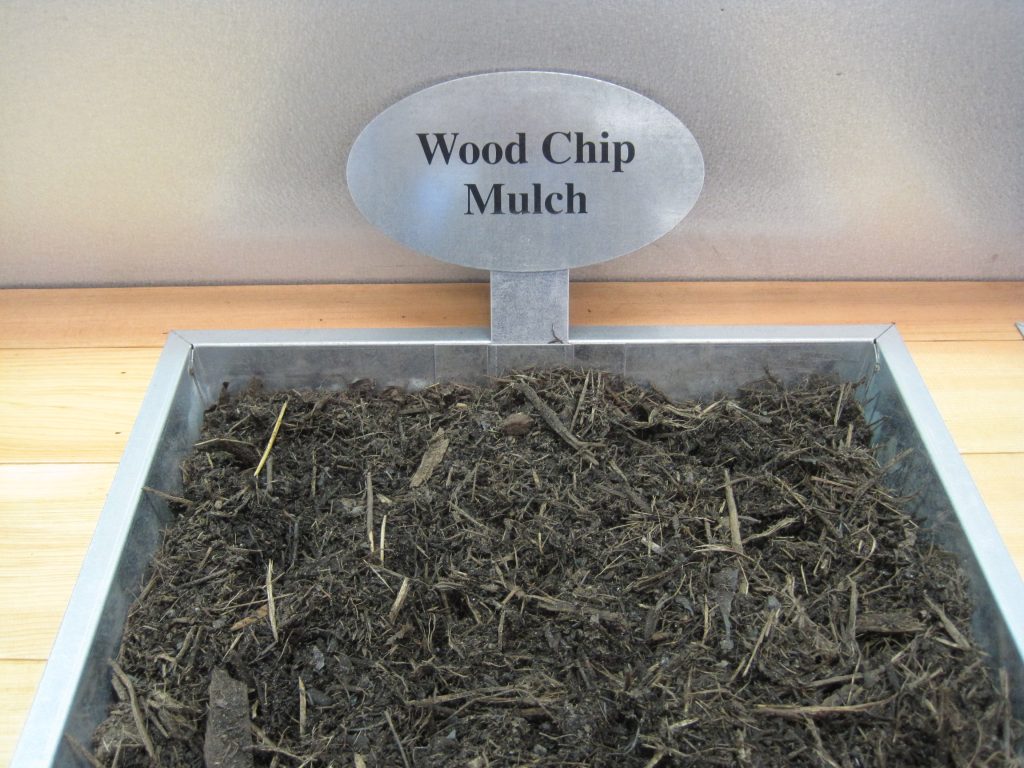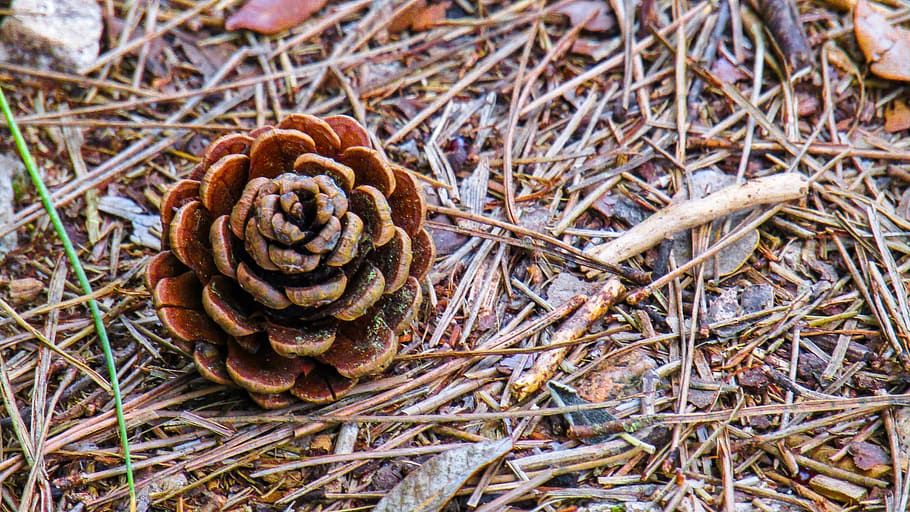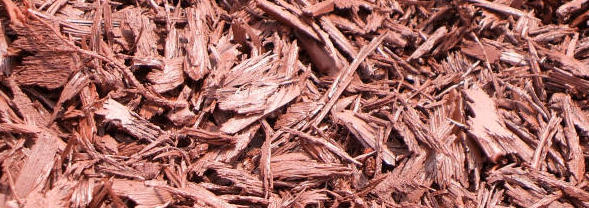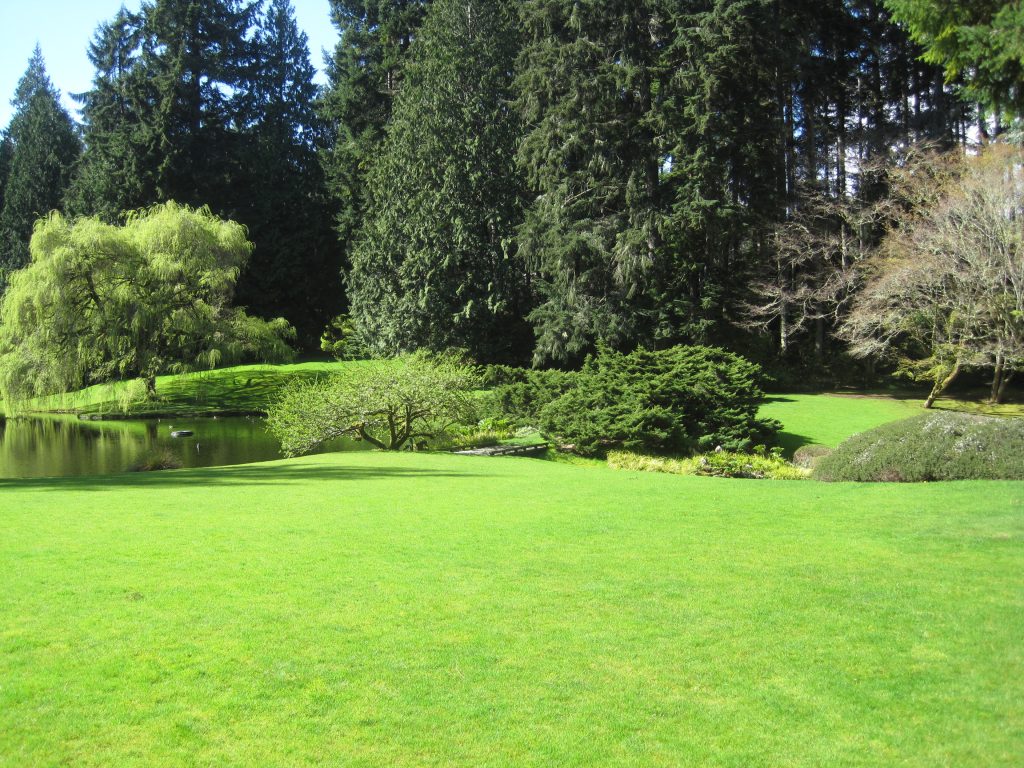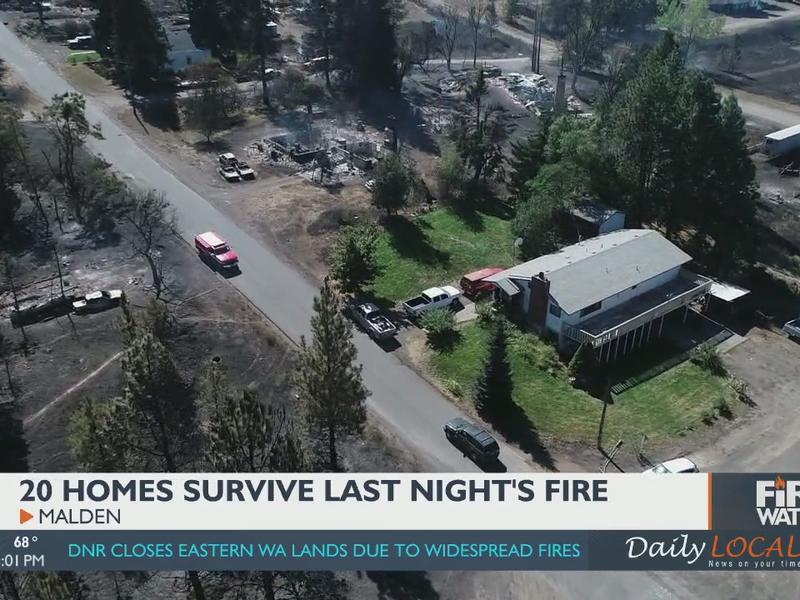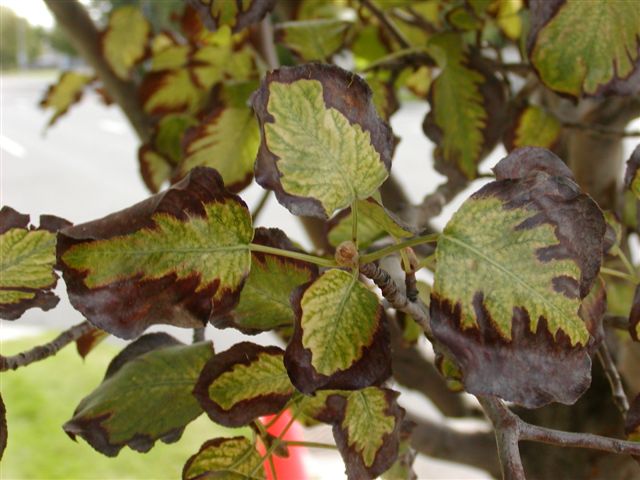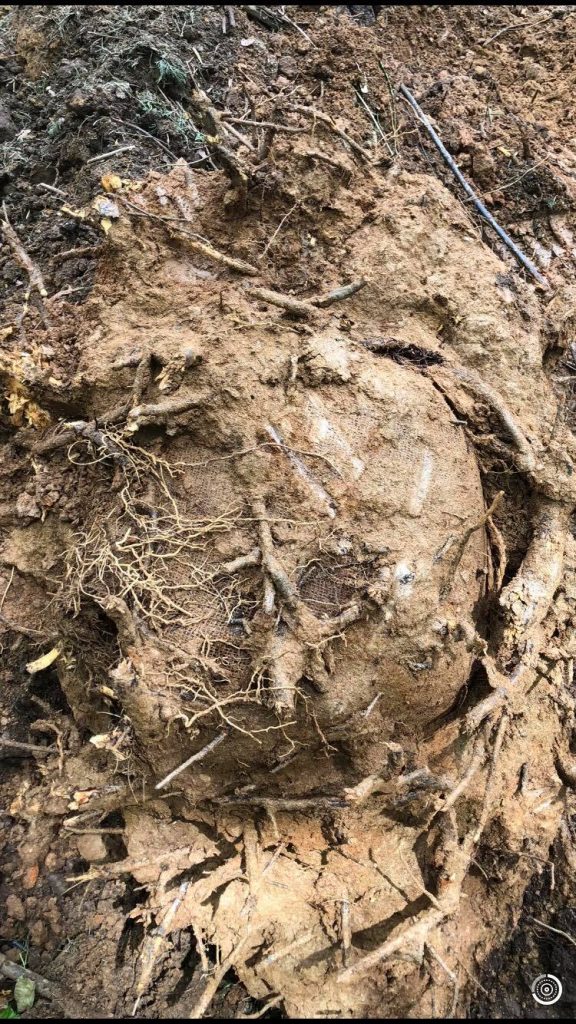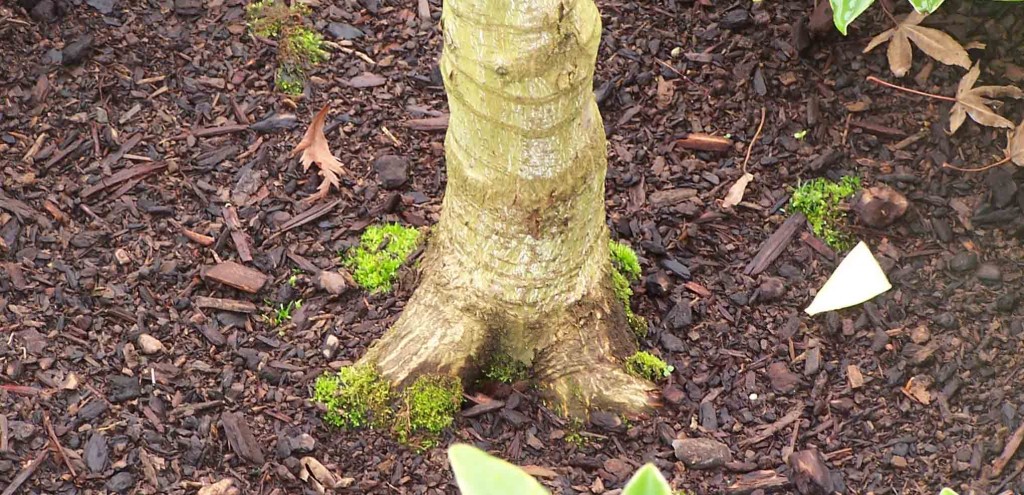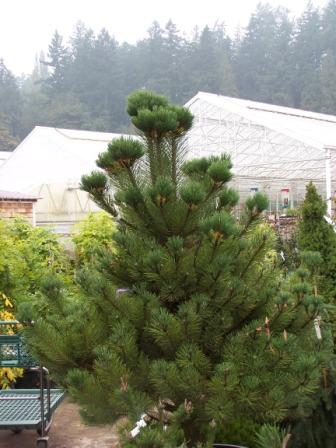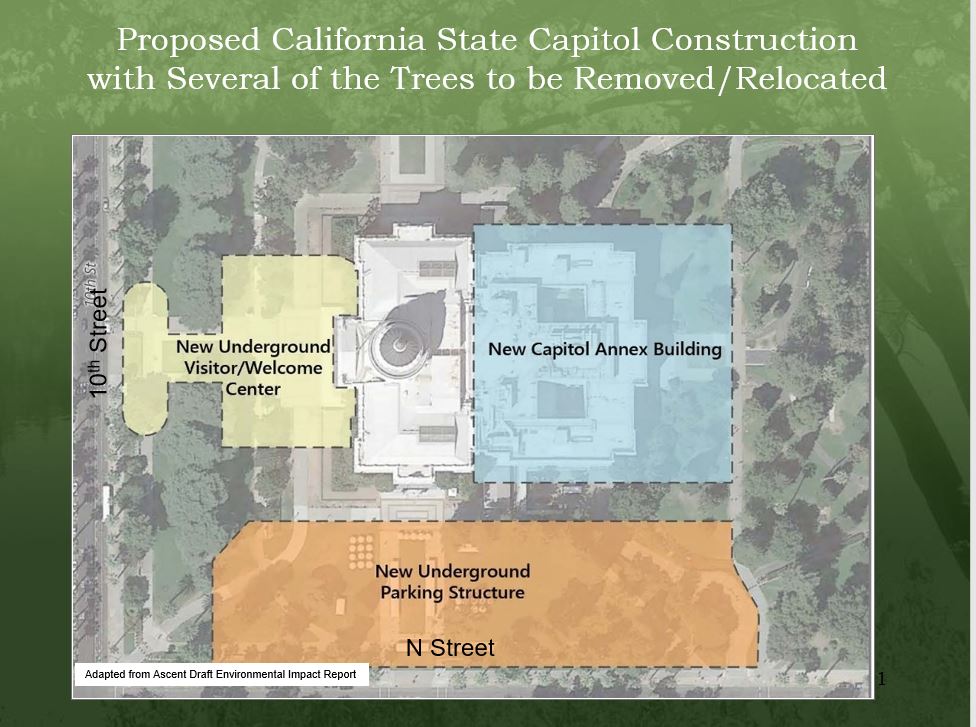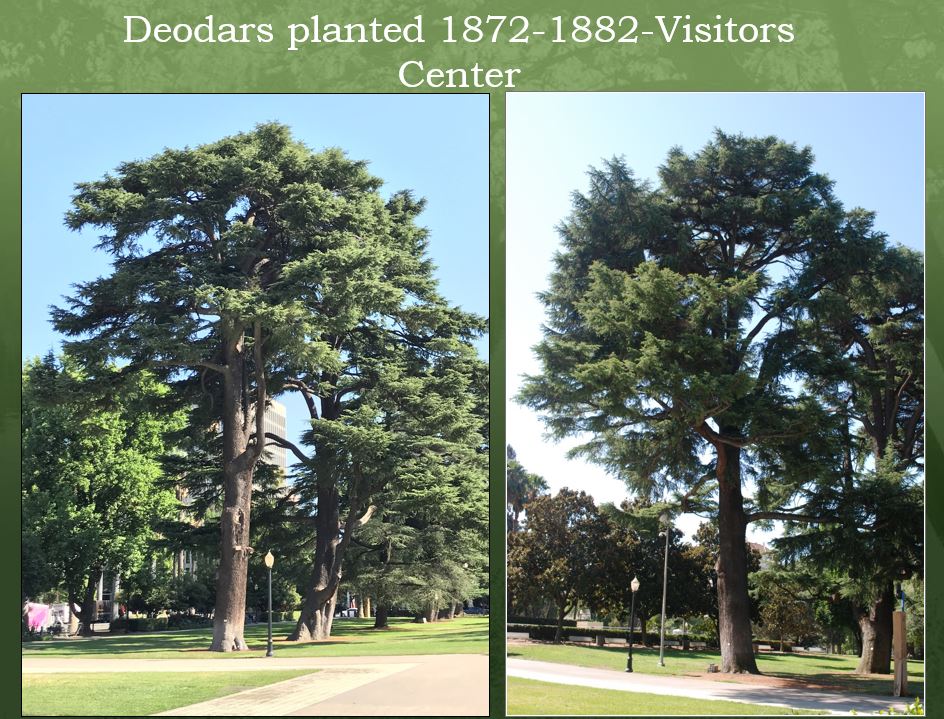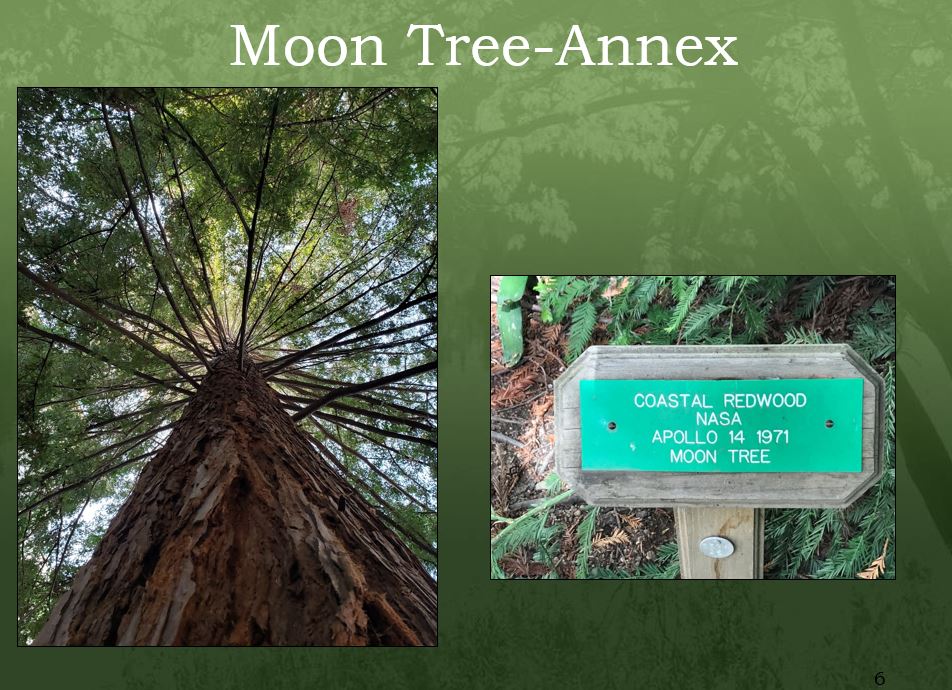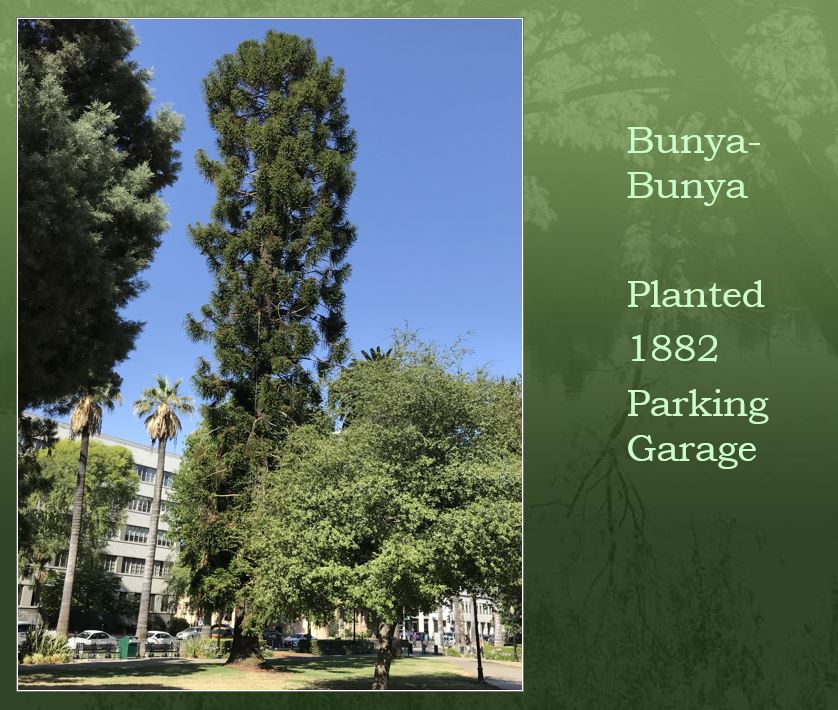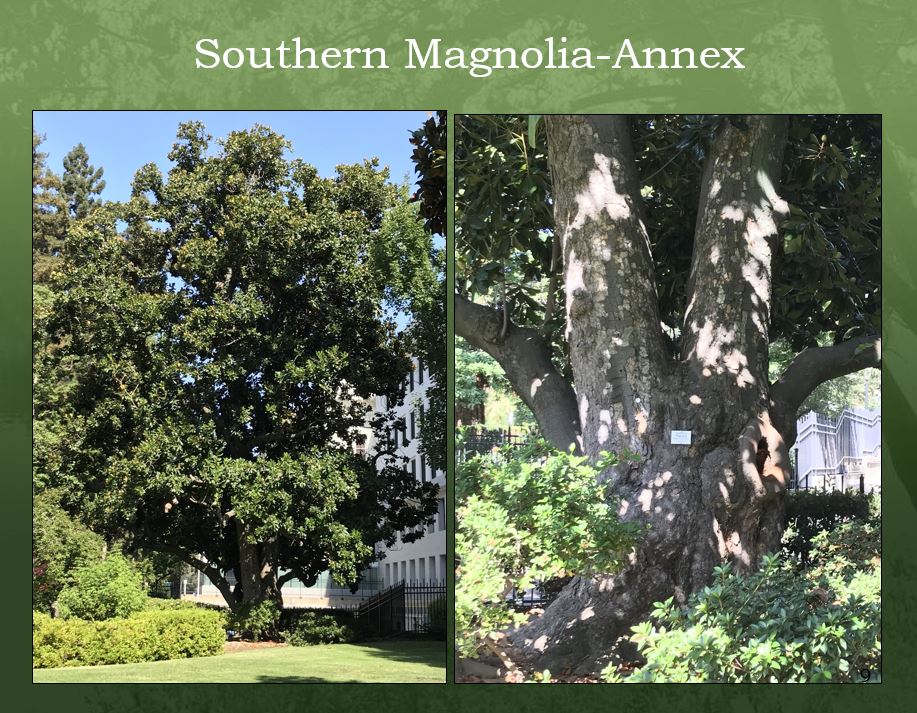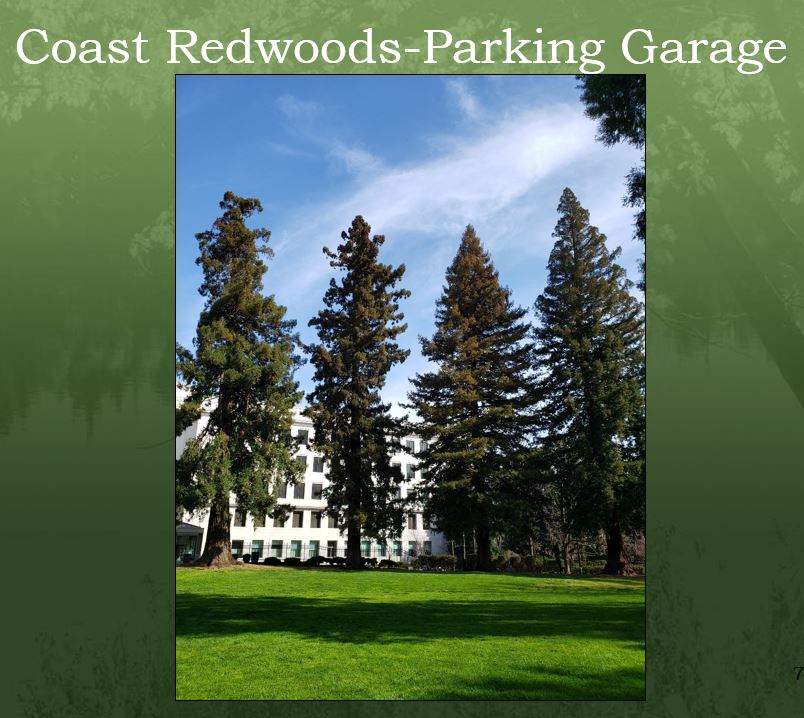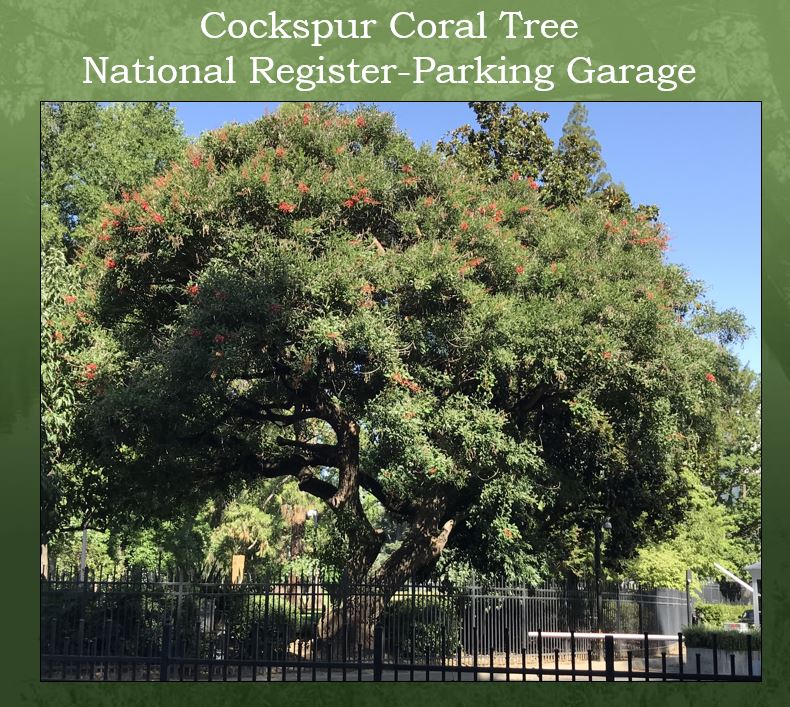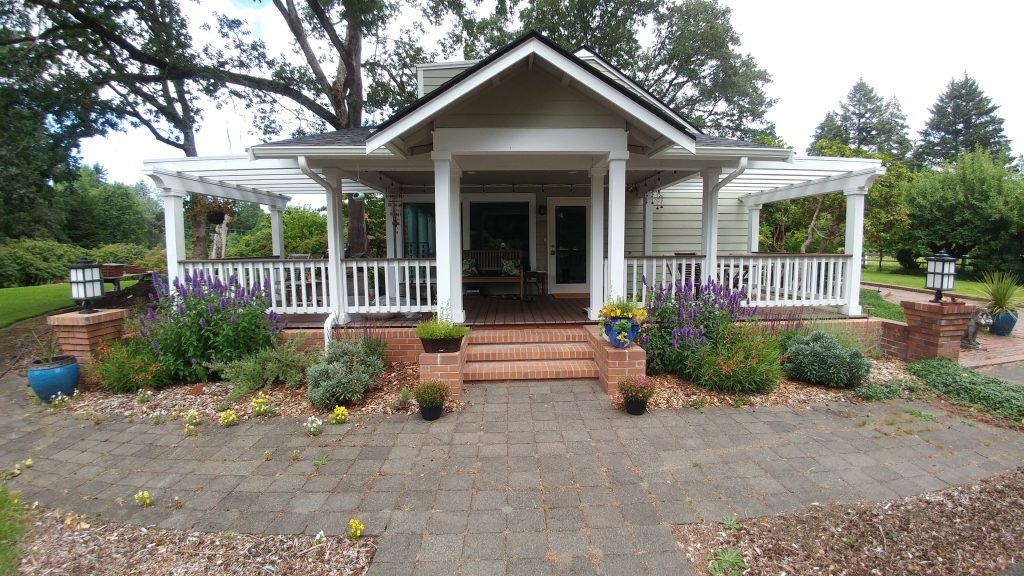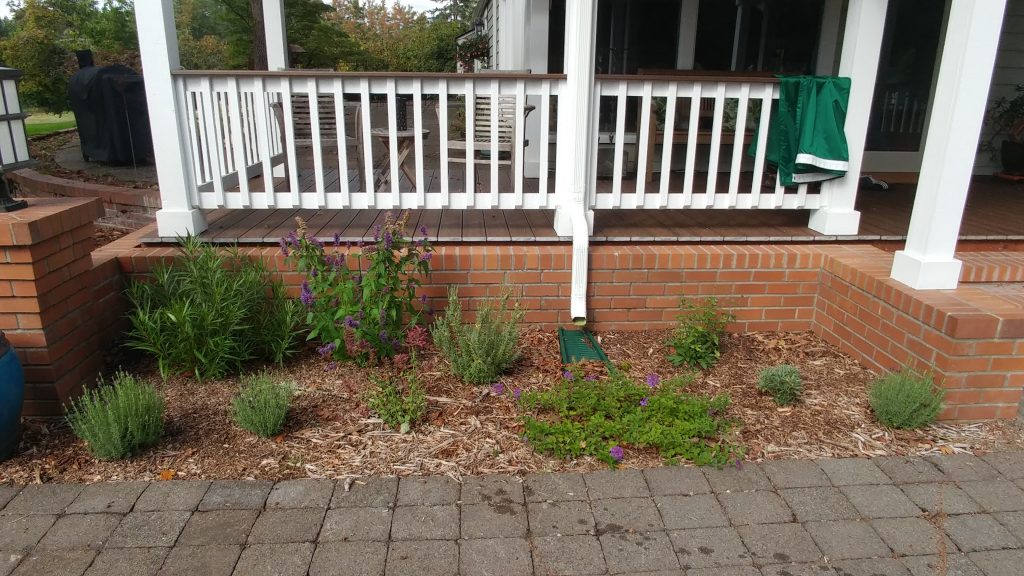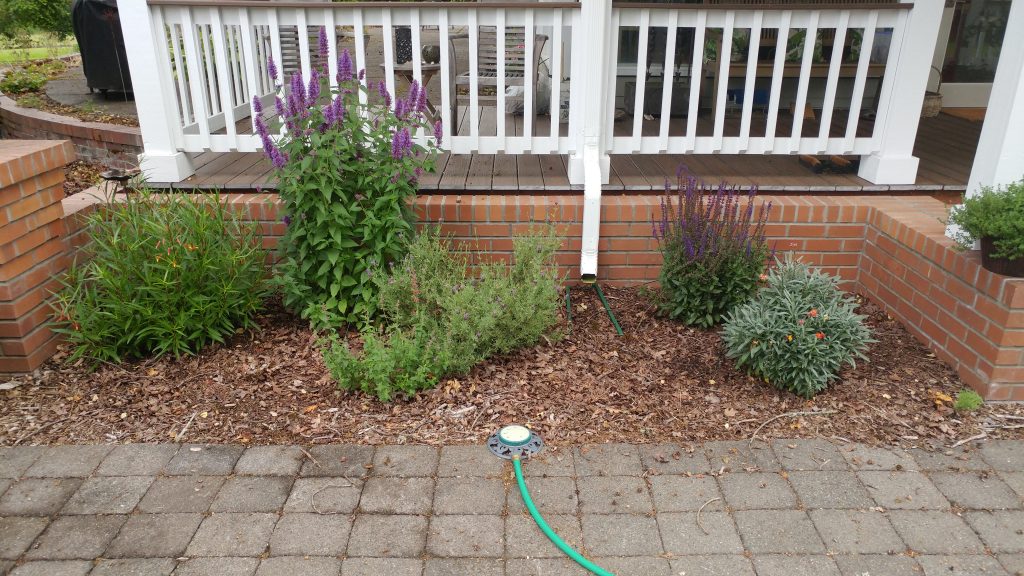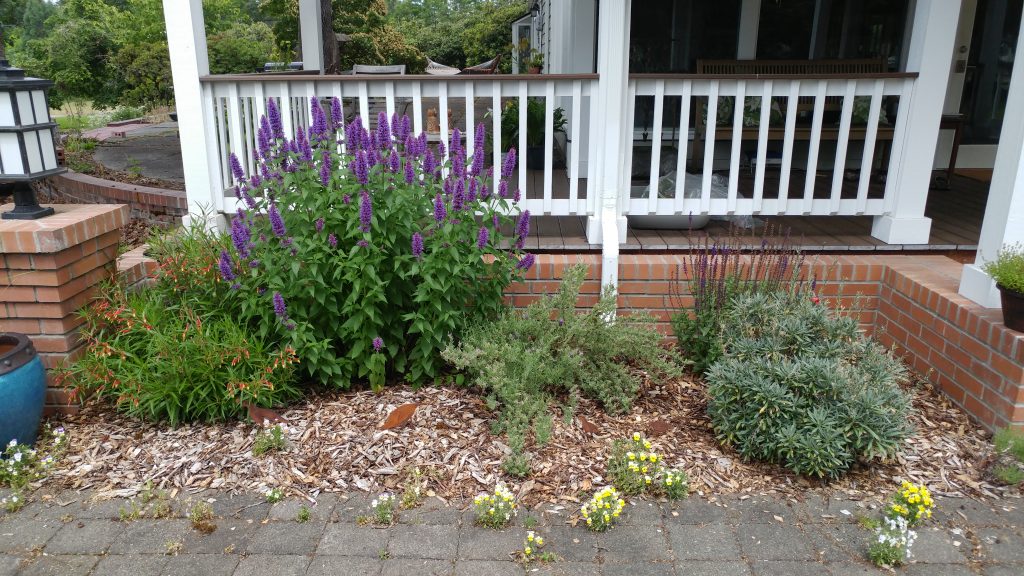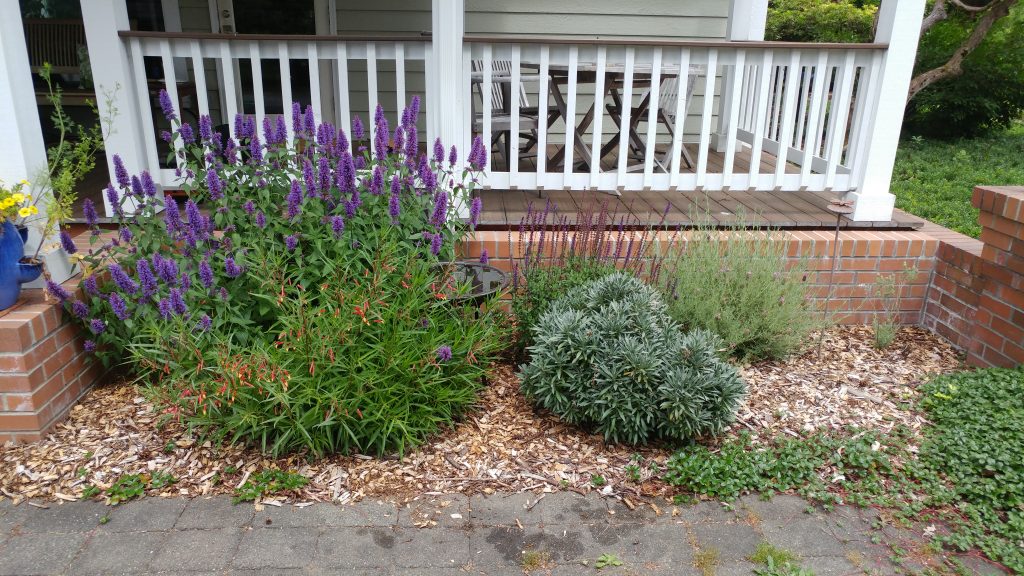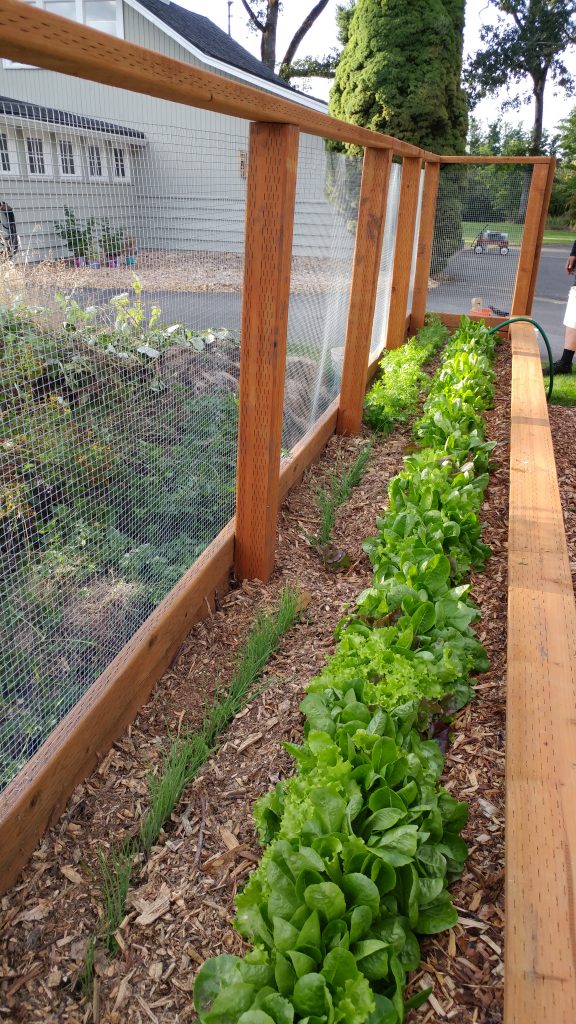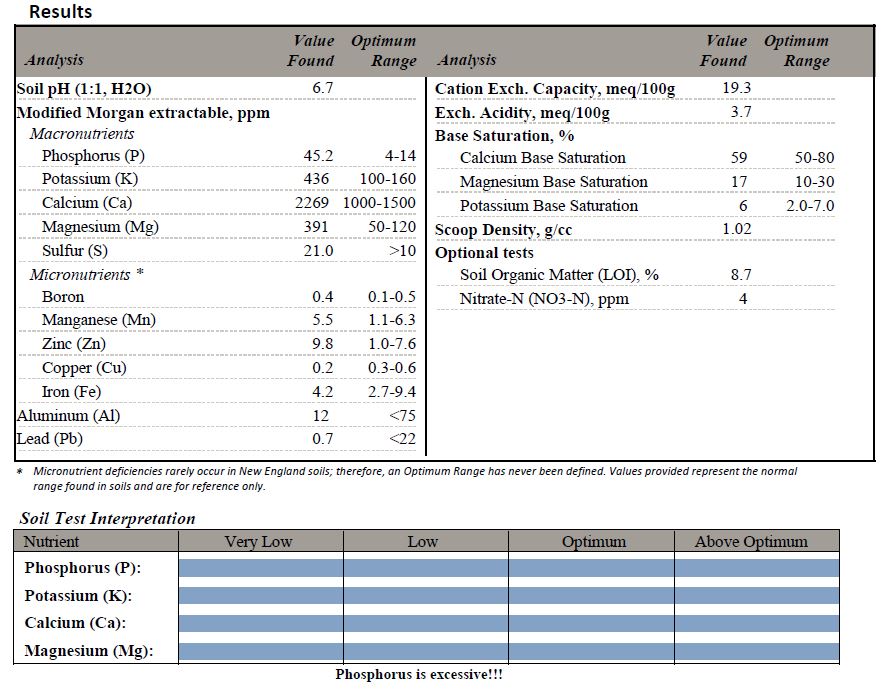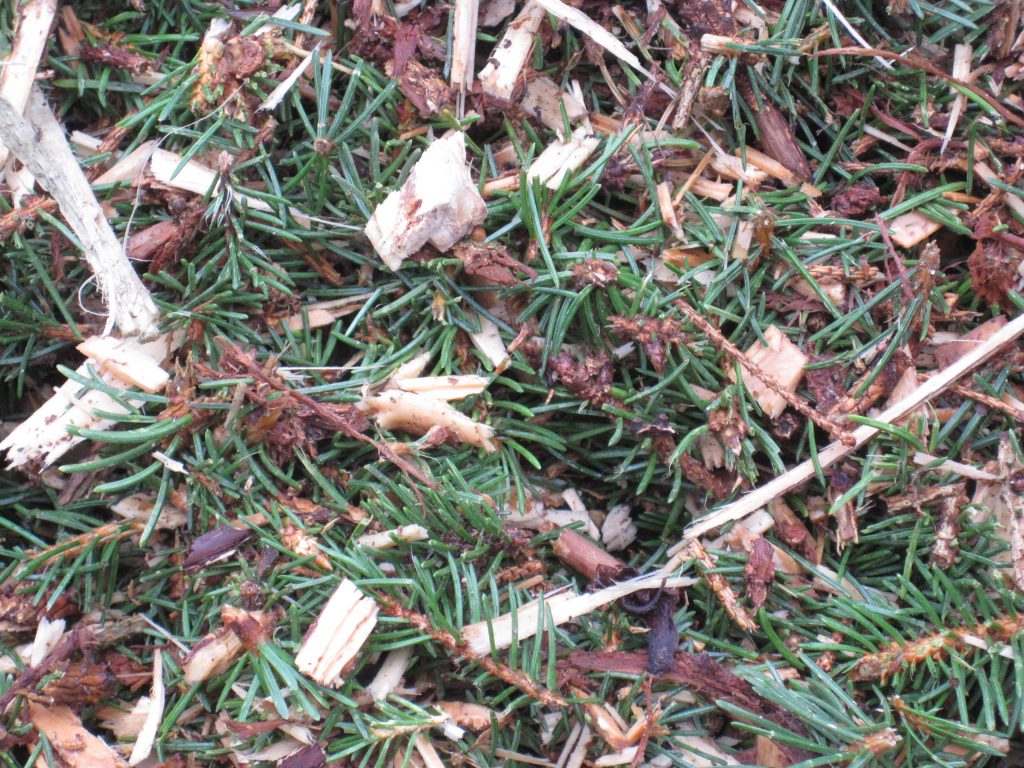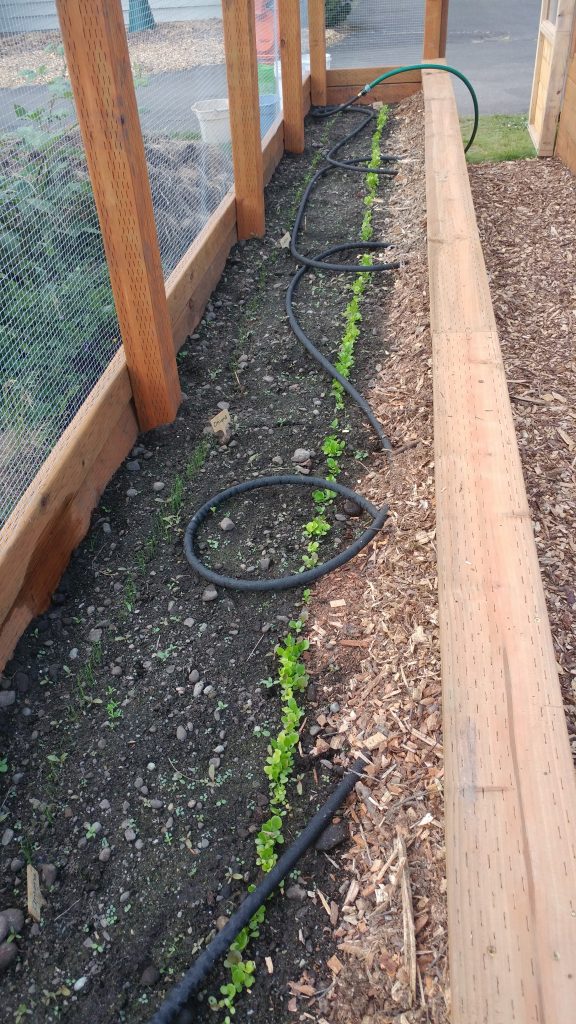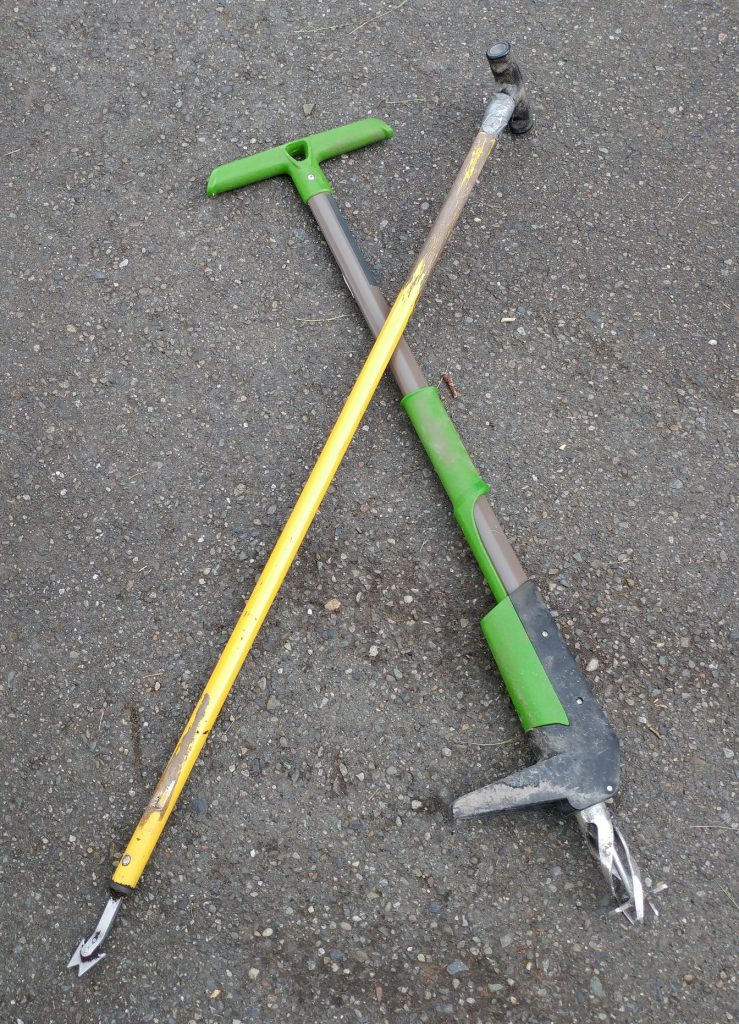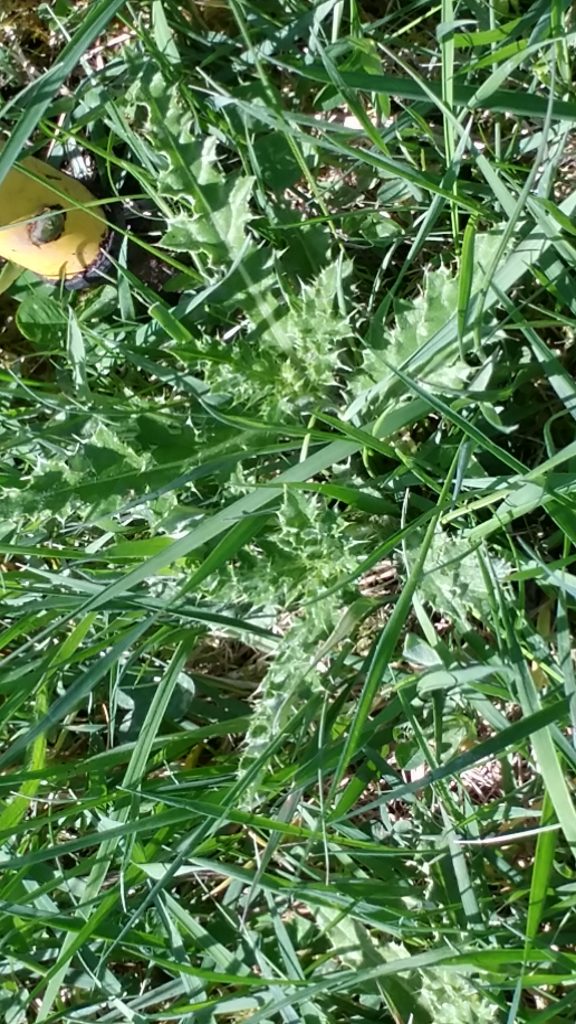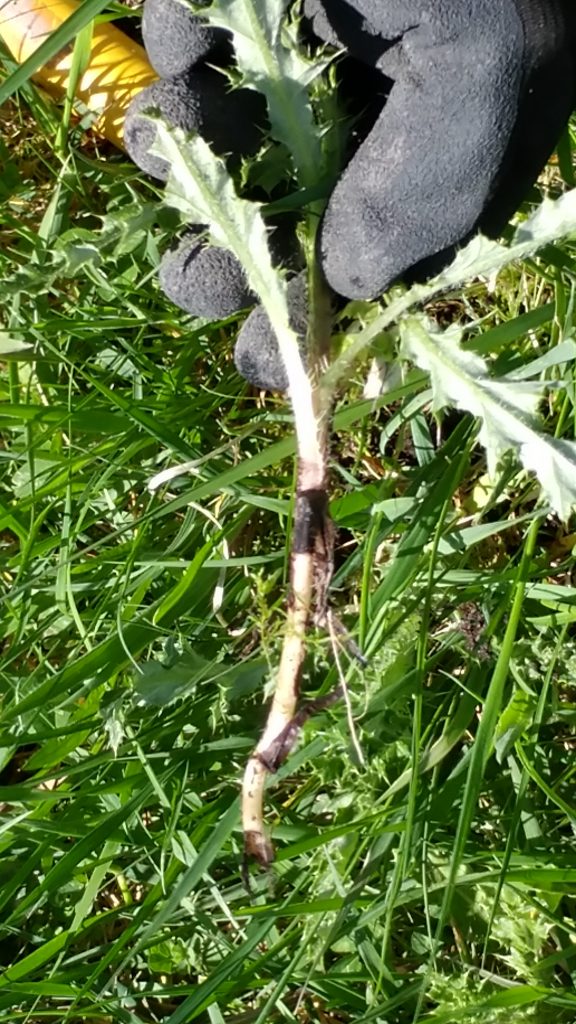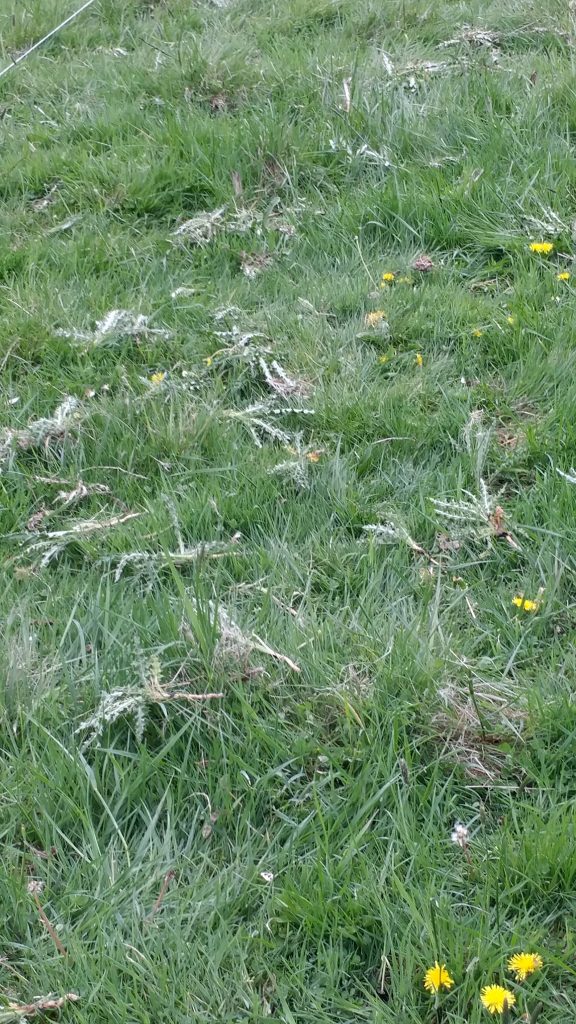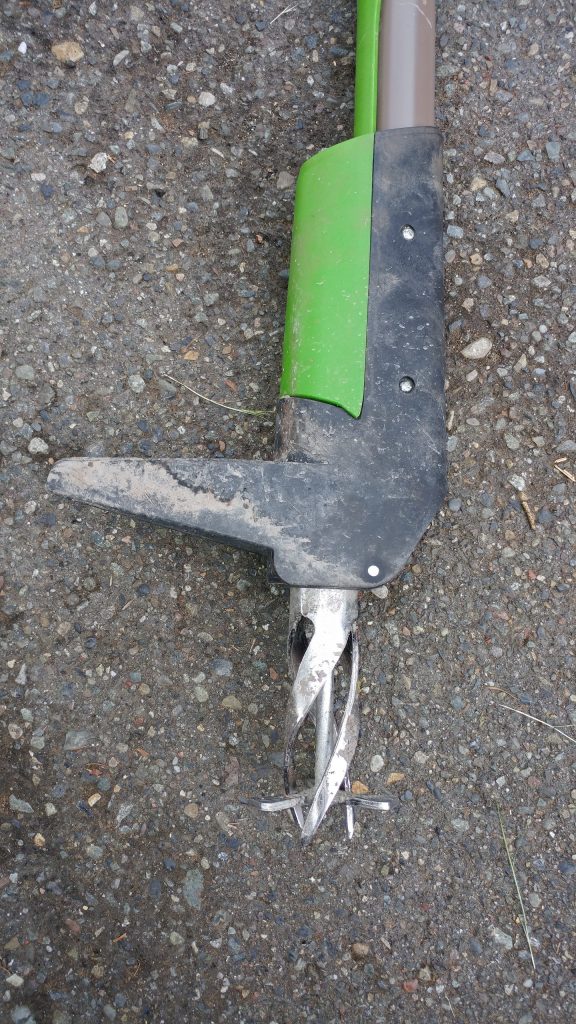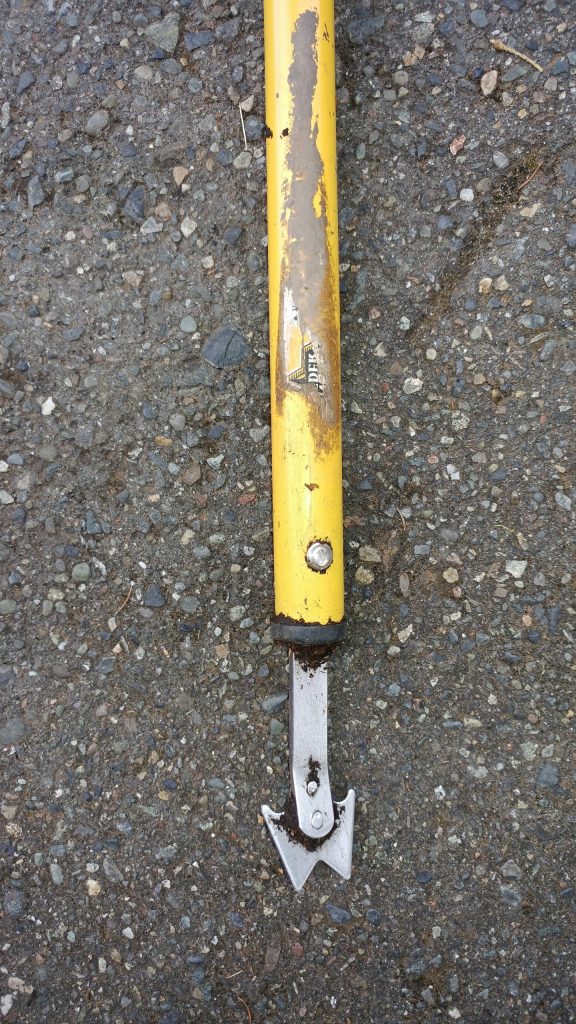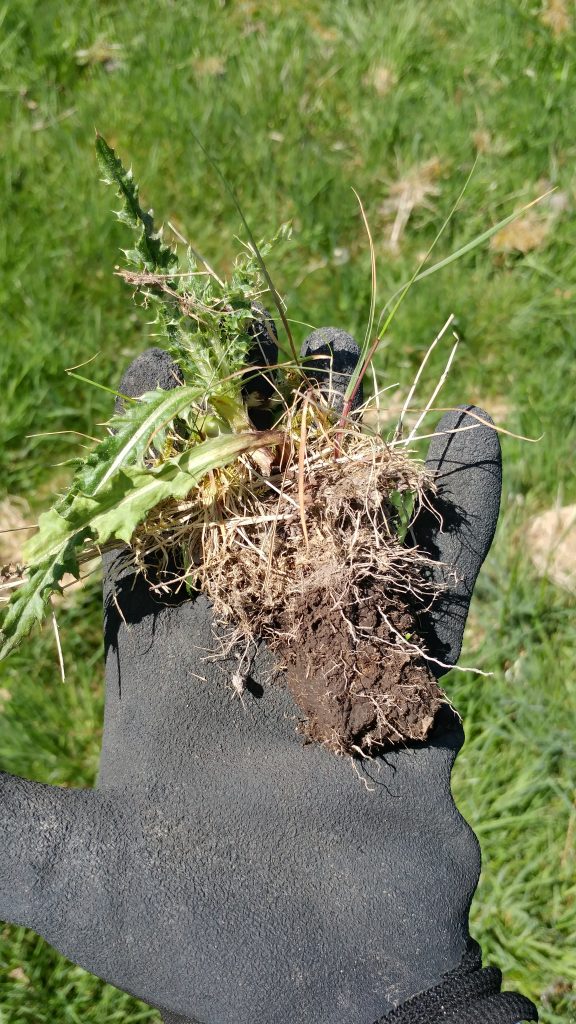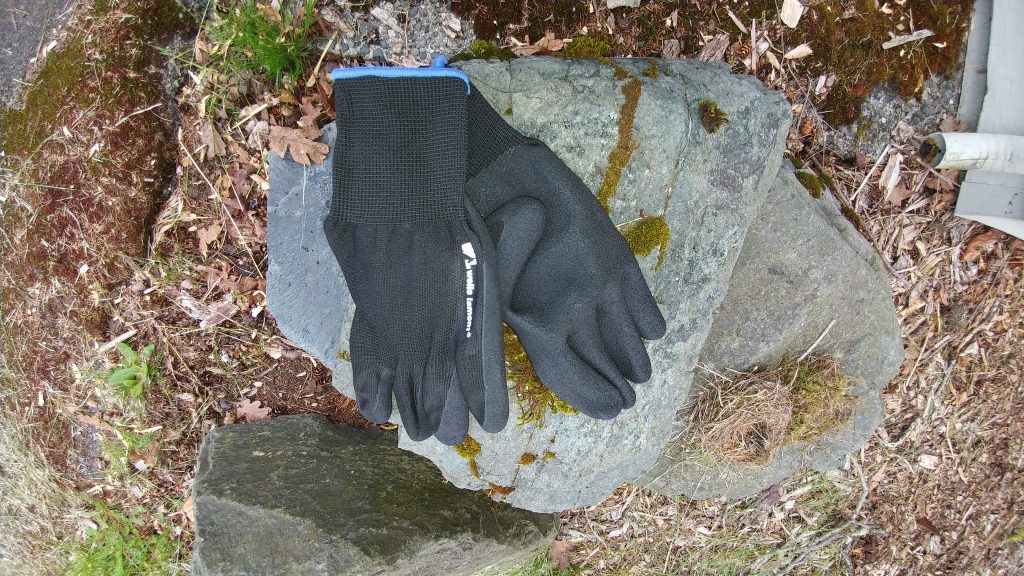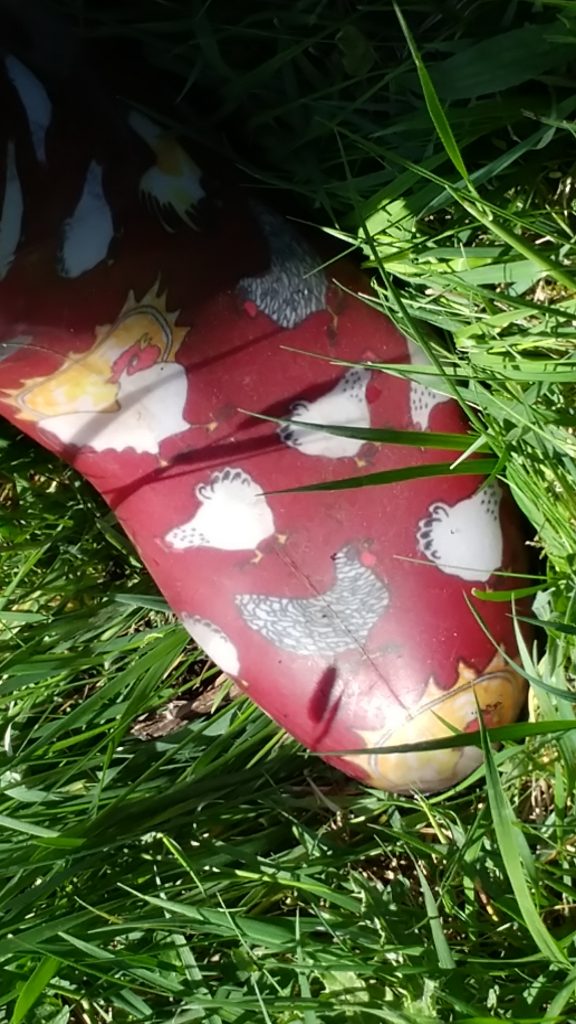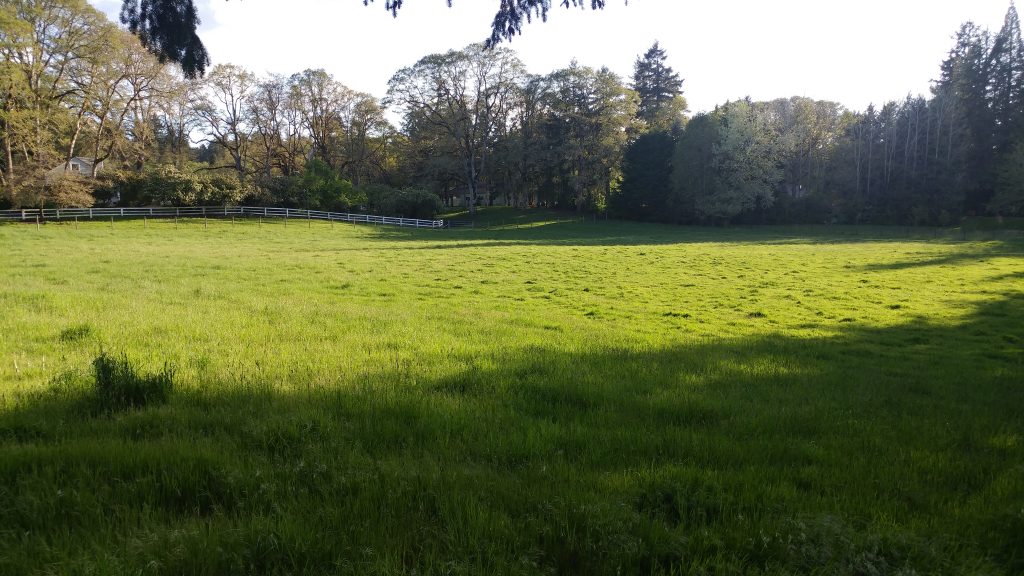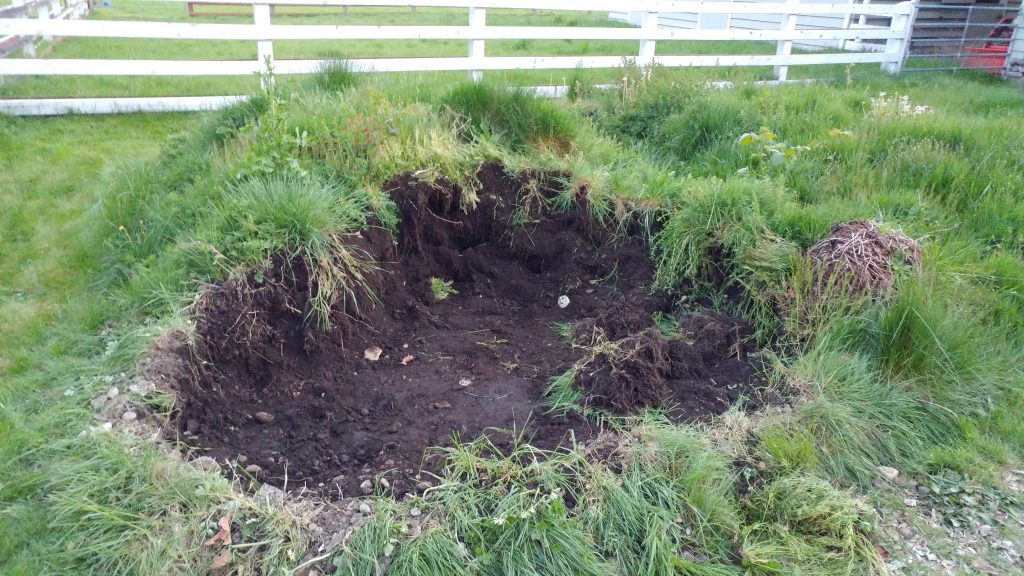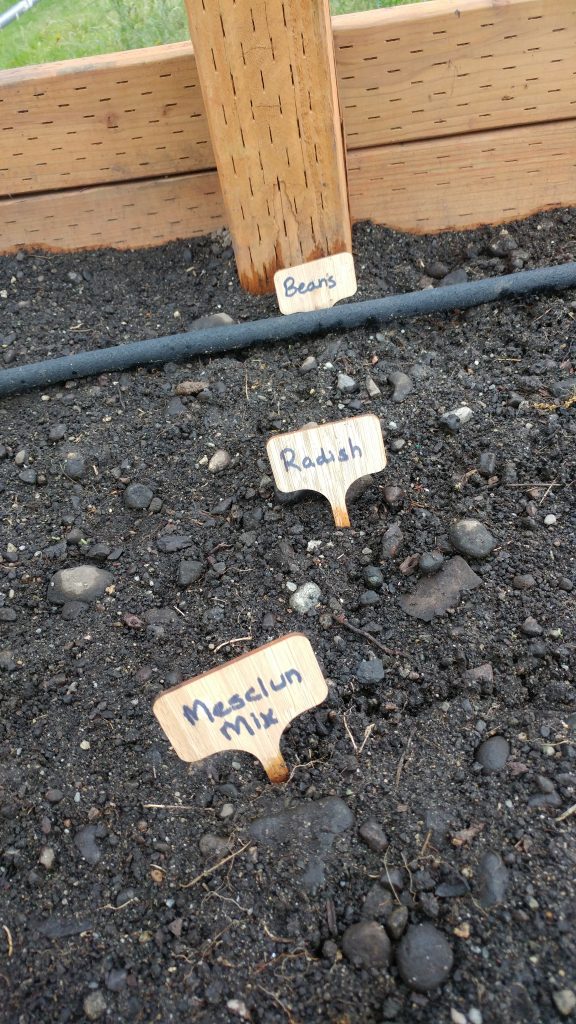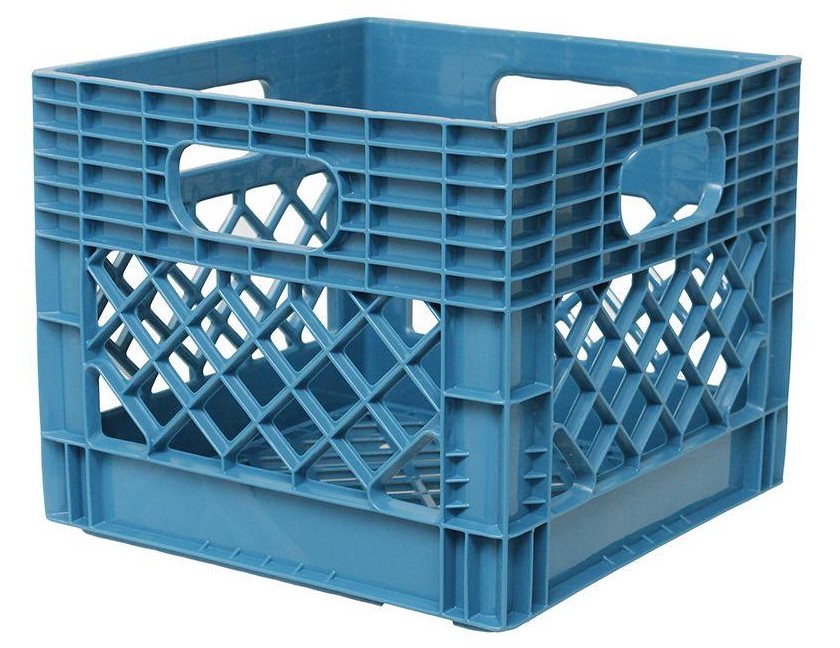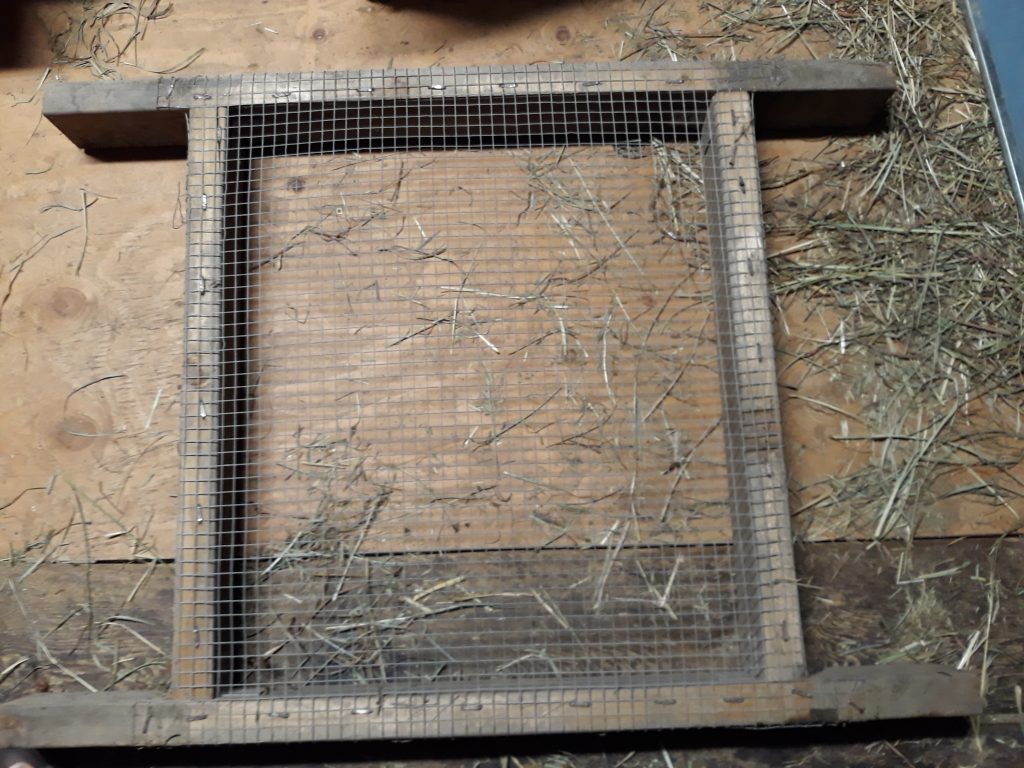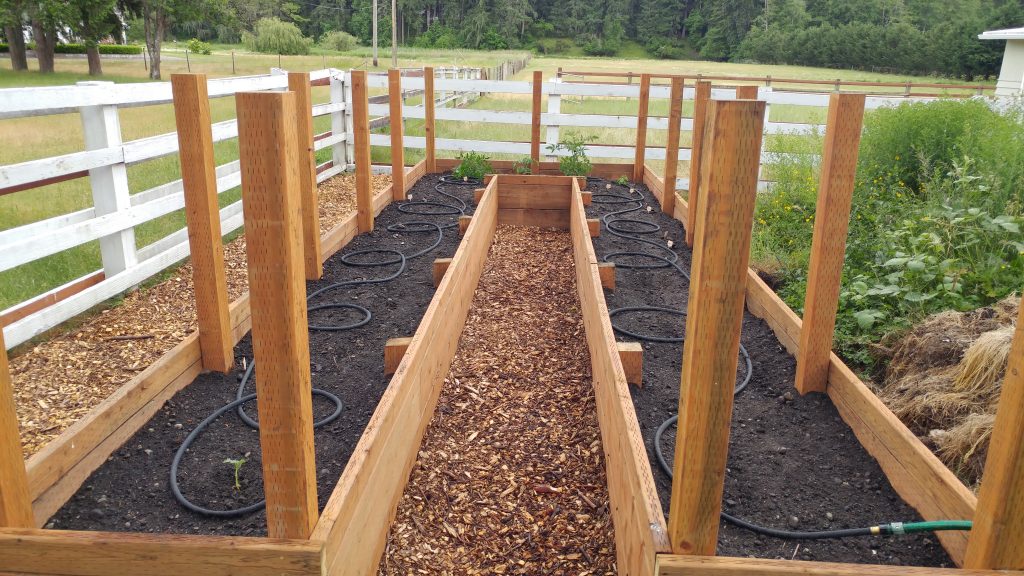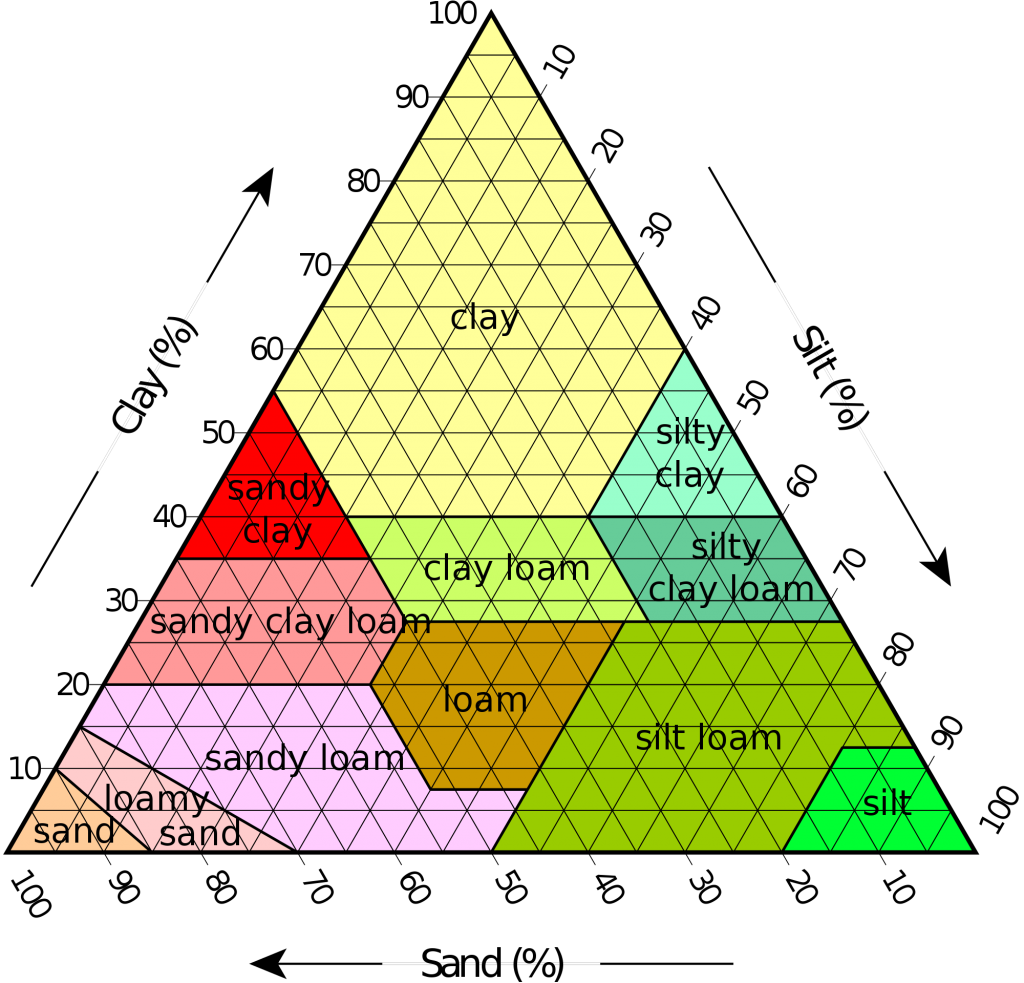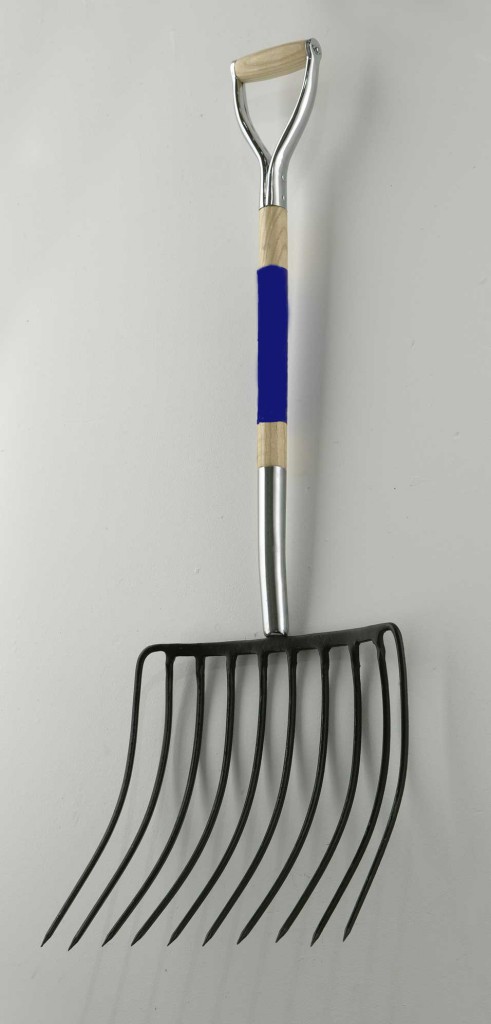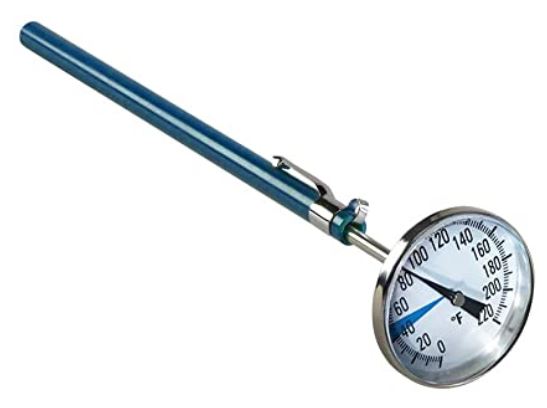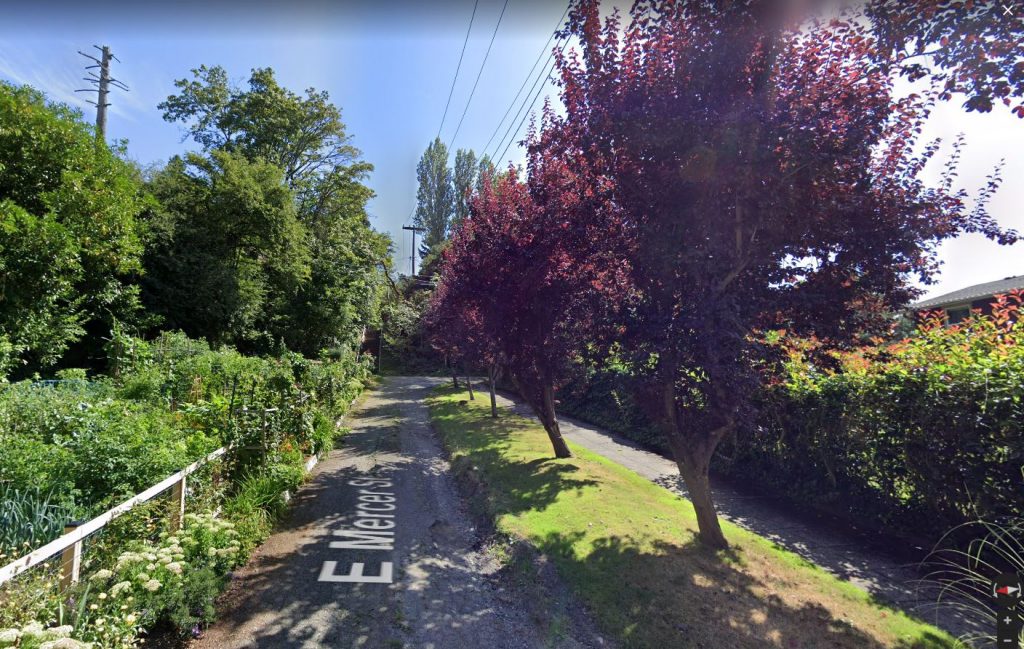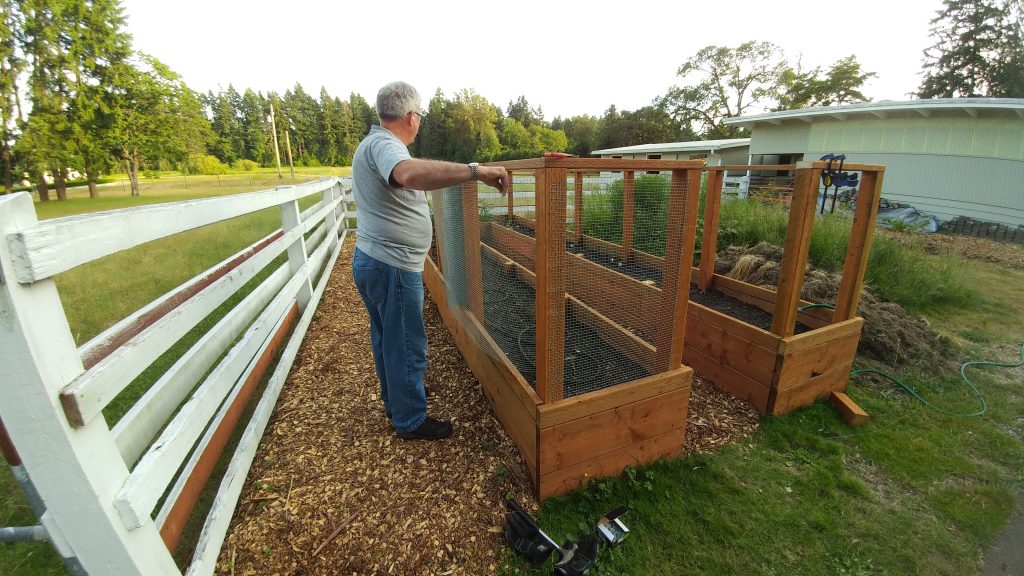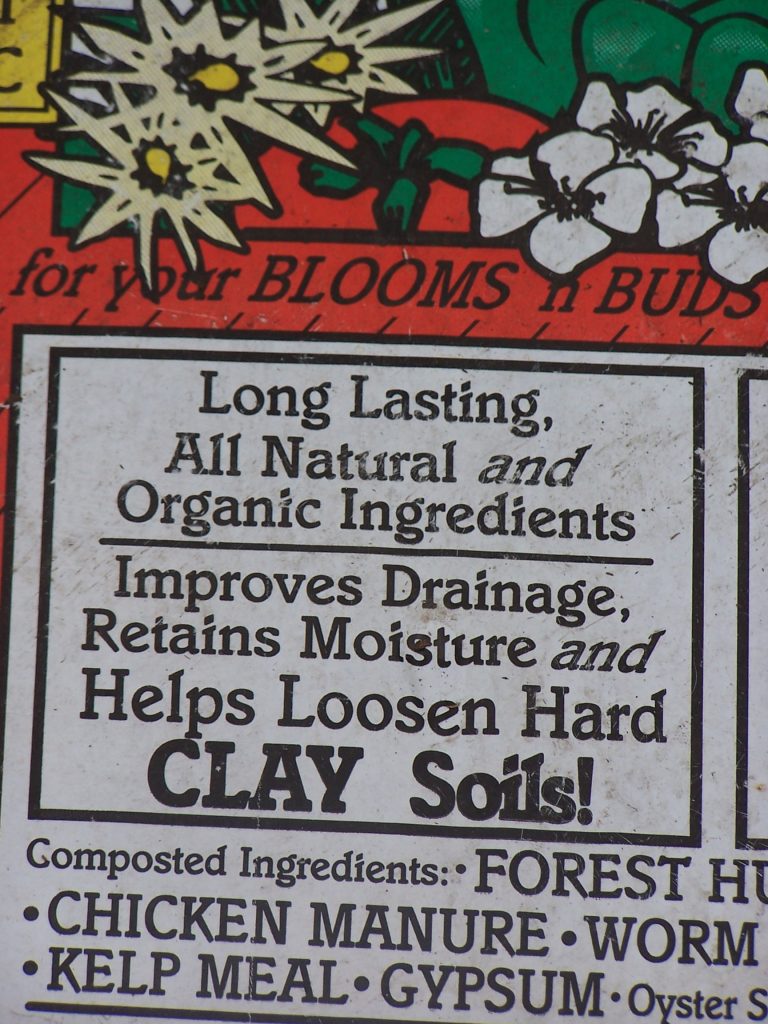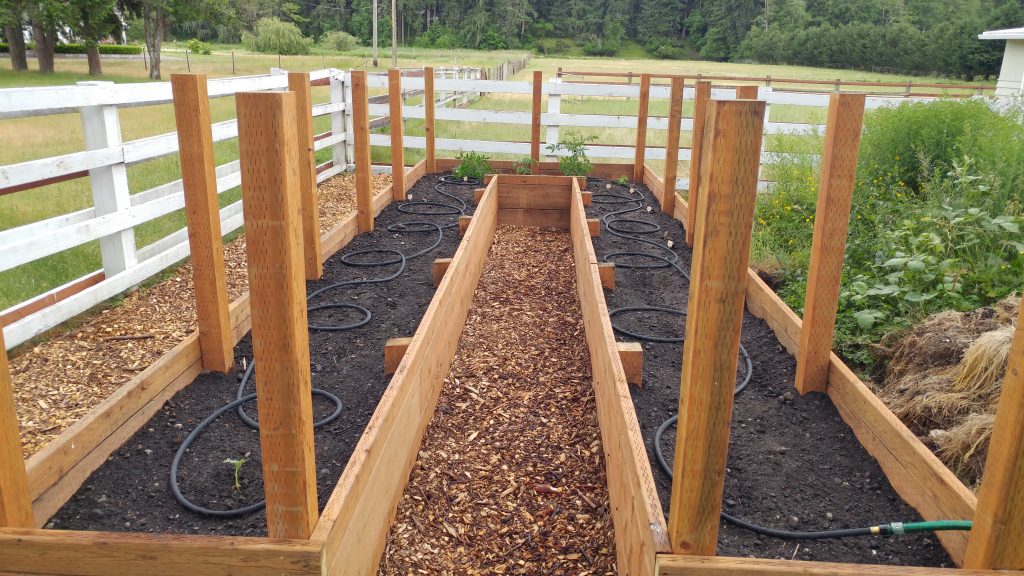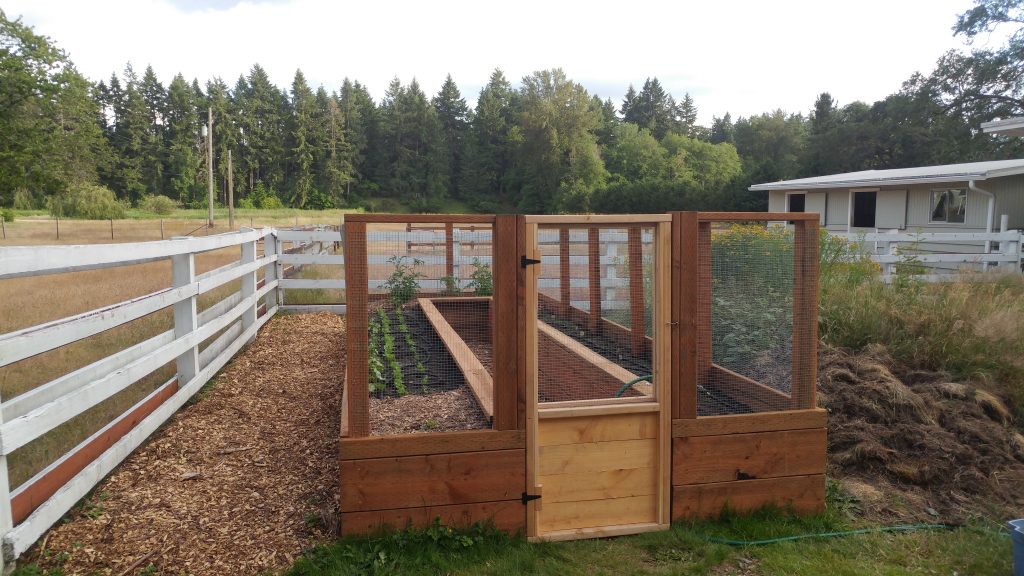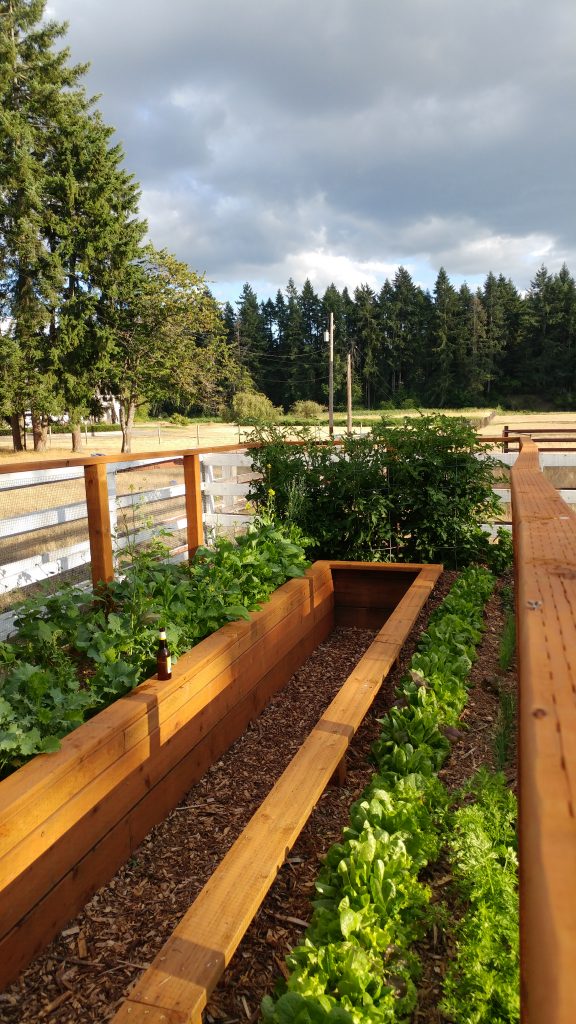
So many of us are growing our own vegetables – either as experienced home gardeners or as COVID19-isolated novices. There is a lot of effort in figuring out garden beds, vegetable choices, and growing medium – but one of the issues rarely considered is whether there are heavy metals present in the local soil and/or growing medium. We can’t see heavy metals, or smell them, so we need to have a way of assessing their presence before we plant edibles.
In the next few months, I’ll tackle the complicated science behind this invisible threat. Today, let’s look at the heavy metals that are commonly found in garden soils and where they might come from.
What heavy metals do gardeners need to monitor in their soils?
Heavy metals are exactly that – they are dense elements that have certain chemical properties that define them as metals. In fact, most known elements are considered to be heavy metals. Fortunately, there are only a handful of heavy metals that are commonly found in residential soils. Some of these heavy metals are necessary for life – iron, manganese, and zinc, for example – but others have no known biological function. Arsenic and lead, for instance, can interfere with enzymatic activity and effectively poison biochemical pathways. There is no “safe” level of heavy metals that are not essential nutrients.
Here’s a table of the most common toxic heavy metals that might be found in your soil, and possible anthropogenic sources:
| Heavy metal | Sources of contamination |
| Aluminum* | Smelting |
| Arsenic | Pesticides, smelting, treated timbers (old) |
| Cadmium | Paint |
| Chromium | Fly ash, metals industry, paint, leather tanning, treated timbers (old) |
| Lead | Gasoline (leaded), paint, pesticides, plumbing, smelting, solder |
| Nickel | Plumbing, smelting |
*Aluminum is a light metal, not a heavy metal, but has similar biochemical poisoning activity as toxic heavy metals
Some of these sources of contamination are not relevant to where I live – why do I need to test my soil?
Gardeners may be tempted to look at the chart above and feel relieved, because pesticides and paint no longer contain heavy metals, they don’t use old treated timbers, and they know that leaded gasoline is a thing of the past. What many don’t consider, however, is that heavy metals are elemental – they don’t break down, though they may change their chemical form. They are a permanent part of soil chemistry unless they are removed by physical or biological means.
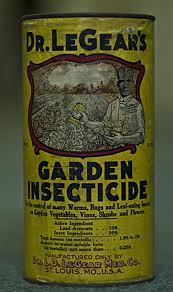
Old garden pesticides were very effective – this one contained both lead and arsenic 
Old landscape timbers release copper, chromium and arsenic into the soil
The underlying soil in housing developments built on old agricultural land often contains high levels of arsenic – because that was the active ingredient in pesticides many decades ago. If the topsoil was removed during construction, it may have been taken to a commercial soil facility where it would have been used to create landscape fill mixes for new landscapes elsewhere. The same is true for land near older roadways where lead from gasoline was released from vehicles over many decades. Not only are lead, arsenic, and other heavy metals in the soil, they also end up in the air when soil is disturbed by erosion or tilling.
Nearly all soils contain some level of some heavy metals. They are naturally occurring, after all, so their presence is not necessarily from anthropogenic activities. Regardless of the source, it’s important to know whether any of these harmful elements are in your garden soils, especially if you are growing edibles. A soil test is the only way to find out.
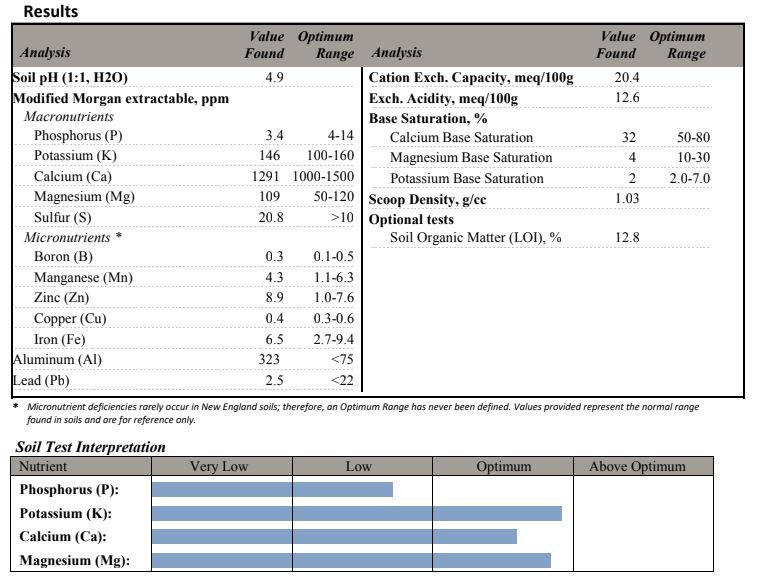
Why aren’t there guidelines on heavy metal uptake in vegetable gardens?
It would be ideal if there was a list of “safe” and “dangerous” vegetables to plant when heavy metals are present. Unfortunately, real life rarely fits into lists and there are numerous sources of variability. Next month I’ll discuss the complications that arise when we consider plant species, heavy metals, and environmental variables.
